|
“Don’t you ever just read a Grisham?” comments one of my friends. It’s been a busy summer, making up for summers past as travel returns to its pre-pandemic boom. After Tahiti and Sudbury, I dropped my bags, picked up my six-year-old son Galileo, and hopped over the Rockies to see what Calgary is up to these days. In a city accustomed to booms and busts, the boom is back. We’d spend a few days researching the urban and regional attractions that met my ‘bucket list’ criteria, chasing columns and new chapters for the upcoming second edition of The Great Western Canadian Bucket List. There would be time for bedtime stories, but that’s about it. . We kick off with the Yamnuska Wolf Dog Sanctuary outside of Cochrane, a facility that rescues and shelters hybrid animals that belong in neither a domestic or wilderness environment. That doesn’t stop idiots breeding wolf-dogs, for idiots who think it would be cool to own a wolf. What they get are shy yet aggressive animals that make terrible pets, with untamed instincts requiring constant attention and secure zoo-like enclosures. Breeding wolf dogs is, inexplicably, legal in Alberta. The sanctuary does a fantastic job educating the public, looking after the animals they rescue, and advocating for both wolves, canines and hybrids. Next we drive into the foothills of the Rockies to spend the night with Tracey and Tim at Painted Warriors, a hands-on Indigenous cultural and wilderness experience that invited conversation around the campfire, archery in the forest, star-gazing, and nature walks. Among many other things, I learn I’ve been aiming with the wrong eye all my life (no wonder I always miss), how aspen makes natural sunblock powder, and that a professional archer can hit the top of a golf tee from fifty yards. Above all else, I learn yet again that meeting good people always results in a good time. We drive back to the city, pick up outrageously good smoked meat sandwiches and ice-cream at the Calgary Farmers Market, and head across the highway for Downhill Karting. It’s the same luge contraption I discovered many years ago in New Zealand outside of Rotorua, and it’s fun to share the experience with my delighted kid. It’s the first time we’ve done a trip just the two of us together, and while Gali doesn’t have gunpowder energy of his Tahiti-toting sister, he’s observant, measured, and willing to give everything a go. We’re here for a good time, not a long time, so it’s off to Lazy Day Rafting Rentals to float down the Bow River and experience one of Calgary’s more iconic summer activities. Gali super-soaked ducks and geese as the river gently floated us from our entry point to the Bow River Pathway Bridge. Drop off the boat, check-into the Residence Inn, and stroll over to The Mash, which upcycles grain from a microbrewery into delicious pizza dough. My pizza had everything on it, Gali ordered plain cheese. One day he will order toppings, add Tabasco, and say: “So this is why you order pizza with everything on it.” I look forward to that day. We’re heading out the city again, but before we do, we pop into the National Music Centre to see Randy Bachman’s insane guitar collection, learn about Canada’s outsized role in the history of popular music, mix some beats, and gawk at the 64-foot one-man orchestra known as the Kimball Theatre Organ. We pop into the Hangar Flight Museum by the airport, and hit the road for the Good Knights Medieval Encampment for an evening of medieval glamping. This is an actual thing, and as you can read in my column for Canadian Geographic, it’s a very fine thing indeed! We dressed up, threw fake axes, jousted with real swords, and watched lords and ladies dance under the big prairie sky. We’d immersed ourselves in a fun, family-friendly world that is one-part history and one-part Lord of the Rings / Game of Thrones / Dungeons and Dragons fantasy. The things you can do in Canada never cease to amaze me. A few days later, we’re out the country so I can take my kids to a place I swore I’d never take them to. You can read all about it here, with an honest column that I hope captures the parent’s experience of Disneyland. I’m not a theme park kinda guy, but visiting Disneyland was never going to be about me: it’s all about the kids, and the kids had a great time. We stayed the Grand California over the 4th of July weekend, when the park was heaving with visitors. The Genie + pass was essential to avoid the line-ups, but we probably should have eased Gali into the rides before kicking things off with a dark rollercoaster of Space Mountain. I don’t think he’ll ever forgive me. His sister, meanwhile, gravitated to the fastest, loudest, scariest rides. It’s remarkable these kids came from the same womb. I turned a shade of lime after the rollercoaster and falling elevator rides in Disney Adventure Park. In truth, the ride I was looking forward to most was a Harley Davidson Road King waiting for me back in Vancouver. Last year I researched a story about renting a Harley from EagleRider Rentals in Vancouver, joining a bike crew on a road trip up Vancouver Island, ferrying to Bella Coola, and back through the BC interior. A year later, I join most of the same group (which happen to include the excellent Daniel Cook Band), and we roar off for a four-day loop of Vancouver to Osoyoos to Nelson to Lillooet to Vancouver. Once we got out of the congested city and past the summer construction, our bikes could blitz through the sweltering, rolling countryside. Motorcycles were out in full force, giving the eponymous biker wave when passing each other. Daniel and his band busted out their instruments in the evenings, which added a wonderful dimension to the trip, and delighted large groups of bikers with an impromptu roof top party at the Adventure Hotel in Nelson. We swam in the warm waters of Christina Lake, did a long, knee-cramping day in the saddle, played obligatory games of cribbage and did a memorable sidewalk jam in Lillooet. The diverse landscape and excellent roads of British Columbia delivered the goods. I’ve joined EagleRider’s membership program, and look forward to making this an annual tradition. A weekend in Birch Bay, Washington (or as I like to call it, Canada in the USA), back across the Rocks for a wonderful wedding at the River Café in Calgary, and we’re up to date! I’m leaving early tomorrow morning to hike the East Coast Trail in Newfoundland. July has been one for the books, but it’s going to get really busy in August. Reading a Grisham can wait.
0 Comments
Here’s an actual conversation with my six-year-old on the final day of our eventful spring break. “Well, what was your favourite part of our trip? Was it visiting the Statue of Liberty that you so desperately wanted to see? Was it the American Museum of Natural History, or that hilarious show we saw on Broadway? Was it hanging out with your aunt in Central Park, or taking the busy subway around the city? Was it spending a week playing in the big waves of Copacabana? Was it the cable car to Sugar Loaf Mountain to get that incredible view of Rio? Maybe it was the Wishing Tree and the monkeys we saw at the top of the mountain? Was it climbing on massive floats and dressing up in carnival costumes to dance with a beautiful samba princess? Maybe it was the sharks and stingrays we saw at the aquarium, or eating beach corn, grilled queijo and drinking coconuts at the beach? Playing with your cute Brazilian cousins, riding a bike along the beach, or spending time with your grandparents who spoiled you rotten with candy and cakes?” Galileo thought about all this for a half a second, and replied: “My favourite part was taking the airplane.” I write these words during our final flight home after two-and-a-half weeks abroad. After a ten-hour overnight leg from Rio to Houston, we spent 90 minutes in line-ups to clear US customs and airport security. Removing friction from travel is a primary driver for tourism growth. Adding friction and making life difficult for passengers is the domain of government security and regulations, which has built nonsensical layers of procedure atop unnecessary layers of bureaucracy that make no sense to anyone. Are we still removing our shoes because one idiot unsuccessfully tried to blow up a plane with his shoelaces twenty-five years ago? Are we still confiscating perfume because liquids over 100ml are deadly? Are we still getting grilled by customs while connecting through a transit bubble, and going through security again even though we never left the sealed-off arrivals hall? Which is why, if you have anything less than a two-hour international connection these days, you’re playing with fire. All this said, our planes took off on time, United Airlines staff have been lovely, and even though they misplaced one of our suitcases for 48 hours, the system somehow worked well enough for little Galileo to have the time of his life, both on the plane and off it. 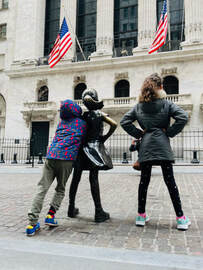 I’ve never been a particular fan of New York. I’ve visited the city a half dozen times, mostly for professional reasons, and I've always got the sense it's a frenetic place for those in ivory towers, and the overworked masses who support them. How does it go: Live in New York but leave before you become too hard, and live in LA but leave before you become too soft. New York tends to be city utterly swept up in the sense of its own self-importance. This is not the centre of the Earth (geographically that’s somewhere in Turkey). Being rude to strangers is not charming, it’s just being rude. Perhaps when I was in my twenties, I’d have more fire and energy to take on The Big Apple, a zest I’d exhausted in late 1990’s London (The Big Smoke). Age has now mellowed me, and nature holds infinitely more appeal than nightclubs or fancy restaurants. On this trip, I found the subways exhausting, the line-ups at the attractions intense, the people brusque. Times Square was a violent display of overwhelming advertising and grift. I certainly enjoyed visiting the Statue of Liberty and American Museum of Natural History with my kids. Both world-class attractions are transitioning from Covid protocols and were somewhat chaotic. We used a CityPASS which saved us a few bucks, and a company called TodayTix to get heavily discounted Broadway show tickets. I took the family to see The Play That Goes Wrong, which had all ages in stitches and was the perfect family-friendly live theatre experience, especially for kids who have never seen this level of professional theatre before. We caught a lovely sunny day at Central Park, and my daughter’s birthday present was a visit to the goopy Sloomoo Institute, which will get its own sloppy sticky story in due course. We stayed with relatives downtown, and as always, reconnecting with family proved to be the best highlight of all. It's been almost a decade since I visited Rio de Janeiro, presently emerging with the rest of Brazil from dark political days. Just about all my time would be spent with family in Copacabana, staying with my in-laws who live one block from one of the most famous beaches in the world. Heading into fall, the weather was spectacular: 30℃ blue skies, crashing waves, not a drop of rain in a month that could just as easily be a washout. Little stalls along the beach offer chairs, umbrellas, drinks and food, and with a caipirinha in hand I was content to watch the kids play in the waves while an endless stream of touts made the rounds offering everything from bolinho de bacalhau (cod fish cakes) to loud shirts and Bluetooth speakers. I don’t recall Copacabana being this clean, lovely and safe, especially in the evening. New waste treatment plants have made the water safe to swim in, tourism police and lifeguards patrol the shores, locals wear their teeny-weenie bathing suits, and you can happily spend all day doing nothing (the Brazilian way). The neighbourhood was also noticeably LGBTQ-friendly. My kids got to know some local characters, relished their acai bowls, street food, Brazilian family, shopping excursions and night markets (the Canadian dollar goes far here). 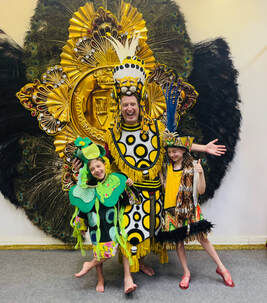 Of course, we still had time for the sensational views atop Sugar Loaf Mountain and the AquaRio, the largest aquarium in South America. We also took a braziliant tour called Carnaval Experience, taking us backstage at Samba City to learn about the city’s legendary festival. Staying relatively put – by my standards anyway – I was reminded of the months my family spent in Chiang Mai and Hoi An, which allowed us to get under the skin of a different place and culture. Like New York, the traffic and chaos of Rio can get a little much, but since my goals were modest, it was a joy to reconnect with our Brazilian family on these too-few, too-rare occasions, allowing the kids to immerse themselves in the culture of their mother’s heritage. Ipanema, Santa Theresa, Lapa, heck the rest of Brazil would have been fantastic. Maybe next time... or maybe I won’t get too far from the beach again. Either way, the friction of six airports, the white-knuckle taxis, the financial expense, the subways, the heat, the rain, the packing, the crowds, the jetlag…it’s all worth it, and it always is. We’re just minutes into the rally, and I’m clutching onto some key advice:
Dave, my rally Obi-Wan, is a case in point. A successful businessman living in West Vancouver, he’s the owner of over a dozen classic cars, including a pre-war Bentley and Rolls Royce. That’s pre-World War 1. A 20-year rally veteran, Dave’s run the Peking to Paris (twice), along with rallies in Australia, New Zealand and Europe. For this year’s Northwest Classic, open to pre-1981 collector cars, Dave’s selected his reliable 356 Porsche. He explains it will allow him to focus on the race, as opposed to keeping the car going. Race is not exactly the right word. It’s more like a Sunday drive, with two hundred good friends, and a purpose. Crawling along the I5 to Portland, Dave gives me the basics of time-speed-distance rallying. Drivers and navigators are given instructions that must be followed to the letter, and to the second. Each car is spaced one minute apart, driving at suggested speeds to enable us to reach, say, a particular stop sign in exactly 2:43 seconds, or a right turn at 7:29. Teams calibrate their odometers, and must factor traffic and rally rules. We never exceed the speed limit, unless we’re running late, in which case, well, these are classic sport cars. The Rally Master adds traps designed to bamboozle even the most alert navigator, steering us off course, resulting in time penalties or lost minutes. Each day might feature up to 10 stages, comprised of a start, finish, and time check by a team of volunteer marshals hidden somewhere along the route. Dave warns me that it doesn’t help to follow the car in front of us. They could just as easily lead us off a cliff as to the next checkpoint. As a virgin navigator, I am determined not to let my driver down. Dave’s wife, who normally takes the navigator role, has already warned me: “whatever is said in the car doesn’t count.” Things can get heated when the pressure is on, and a slight navigator omission can send our car rallying down the rankings. There’s even a tongue-in-cheek award, the Flying Clipboard, for the team most notably cracking at the seams. Still, don’t hold your breath waiting for road rage. Vintage rallies are first and foremost about the cars, the driving, and the community it brings together. Owners come from all walks of life, taking pride in their aging Alpha Romeos, MG’s, Fords, Mercs, Saabs, Porches and other models. The average car at the race might cost around $30K - $50K, but there are some standouts, like a 1963 AC Cobra, worth a cool half a million dollars. Laurie and Verna Fraser from Langley own a dozen collector cars. “I got my first MG at 21 years old, and it was all downhill from there,” explains Laurie. Vintage cars sound like an addiction. Another racer from Coquitlam tells me there are two events he would never miss: The Northwest Classic, and BC’s Spring Thaw. He speaks of them with the reverence of a family Christmas. I’ve nicknamed Dave’s Porsche ‘The Silver Bullet’ because its classic, capsule-shaped, and could probably kill a werewolf. With a 1600cc engine with 90 horsepower, it’s no speed demon, but that’s why Dave likes it. It’s not about getting from A to B on an air-conditioned cloud. The Porsche has no computers, plush leather, or cruise control. We sit low to the ground, on worn leather, feeling the growl of the engine. 50 mph never felt so cool. As we scoot around Oregon’s coastal farm roads, I tick off checkpoints, calculate our times, watching out for traps. I’ve had to familiarize myself with rally terminology: CAST: Change Average Speed To. SAP: Straight as Possible. ITIS: If There Is Such. At the close of the first day, we’ve lost just 2 minutes off the pace, placing 16th out of a field of 113. I’m a rally virgin kicking butt, but nobody is too impressed. “Last year, we got totally lost,” laughs one competitor. “It was great! You just can’t take it too seriously.” During stage 6 on the final day, Dave repeats these words when I confuse an ONTO/TOWARD instruction and lead us straight into a trap. He remains supernaturally zen about my screw-up, even as we slip down the rankings to finish 31st overall. At least we didn’t receive The Hook, awarded to the car that needs a tow truck. That honour belongs to another Porsche 356, not quite as reliable as our Silver Bullet. The Northwest Classic is just one of dozens of rallies that take place around the continent, drawing collectors, enthusiasts, and members of various motor clubs. Some are competitive, others more social. When we line up our cars – on a downtown street or stage meeting lot – crowds gather to ogle at rows of spit-polished cars on display. Owners get an obvious buzz showing off their pride and joy, and might even barter for new acquisitions. War stories are traded, from those that have braved the gruelling frozen roads of the legendary ALCAN 5000, to the pot-holed corruption of South American rallies. Road trips have always been one the best ways to see a country, especially in your favourite car. You’ll definitely find yourself on roads less travelled.
I notice that many teams are husband/wife couples, or retirees enjoying the good-life adventure. “We’re all growing old,” says Dave, “together with our cars”. Younger drivers are definitely welcome, so long as they have a qualifying car and a driver’s license. Rally entrance fees range from the low hundreds to the thousands, so you don’t have to be a millionaire to participate, or even a competitor. Many rallies now have touring groups with no rules or time trials. Dave lets me take the wheel on our long drive back to Vancouver. This time, we’re taking the longer, scenic route to avoid the traffic on the highway. The Porsche hums along the coast, reflecting tree tunnels, turning heads. There’s no power steering, no air con, and no CD Player to distract me from the act of driving itself. Classic cars are all about the experience, much like the rally events that bring them together. Just when I thought I’d seen something of the world, along comes a book about 45 remarkable places… and I’ve been to exactly one of them. Chris Fitch, a senior staff writer at the Royal Geographical Society’s Geographical magazine, has assembled an impressive collection of little known spots from all seven continents, divided into sections of Extreme Environments, Untouched Lands, Human Activity, Weird Worlds, Isolated Realms and Nature’s Wilderness. Illustrated with clear maps and black and white photography, it is an atlas of destinations so remote, rugged and bizarre that many chapters could be describing locations on alien planets. A mysterious lake appears out of nowhere in the Tunisian desert. Off the coast of Croatia, a steep rocky island consisting almost entirely of volcanic magnetite sends navigational equipment haywire, and more than few sailors to their doom. In China, the world’s largest tidal bore draws thousands of people each year to watch a wall of water racing up the Qiantang estuary. On North Sentinel Island in the Andaman Islands, an uncontacted tribe of hostile islanders continue to shower arrows (and occasionally death) on anyone who approaches their shores. The world’s largest cave system in Georgia, an accidental coal fire that burns beneath a town in Pennsylvania, the -93°C extremes of Dome Argus Antarctica, a hidden valley of impenetrable rainforest in Borneo – most of the short chapters had me reaching for Wikipedia and falling down an online rabbit hole. Google Mount Mabu Rainforest in Mozambique, Mexico’s Cave of Crystals, or Colorado’s Rocky Mountain Arsenal Refuge, and try not to annoy your friends by dropping the tremendous trivia of your discoveries. This is the kind of book that inspires lunatics like me to actually run off and find these places. Sure, it could all be researched online (along with similar books like Atlas Obscura), but it does take a twisted genius to assemble these untamed places into something cohesive, and talent to write concise chapters that explain just enough to make you scratch your head, say “Whoa!” and desire to know more. As for the one place in the book I’ve actually visited? Chernobyl’s Zone of Alienation, a chapter in my own book, The Great Global Bucket List. Books like these, which belong on the coffee table of the more eclectic traveller, forever ensuring that your bucket list continues to grow. Atlas of Untamed Places
By Chris Fitch with maps by Martin Brown Published by Aurum Press US$29.99 / $38.99 CAN ISBN: 9781781316771 Buy it on Amazon. As we've established, I usually travel with a small bottle of hot sauce. When applied liberally, it can save any meal (even boiled cabbage in Siberia, although you might need more than one bottle). Fortunately, there are some destinations where carrying my hot sauce is completely unnecessary. These are the places where the Mighty Chilli roams free, and pity the fool traveller who shows it disrespect. Thailand The Thai’s don’t cook. They paint a masterpiece on your palate, with colours of sweet, salty, sour and spice. The chilli in question is known locally as “mouse droppings”, since it is small and shrivelled. Thailand’s famous red curry is made with these dried, crushed chillis. Yellow curry, the least spicy, is made with spices like turmeric. The most spicy is green curry, with the potent seeds left in. The Thai chilli realizes its full potential in tom yum soup, combined with lime, fish sauce, ginger and lemongrass. When the ingredients are mixed just right, it will make you salivate just thinking about it for years to come (as I am doing just typing this). India A good, strong Indian curry will make your eyeballs sweat. Traditionally, the spiciest Indian dish is the vindaloo, inspired by Portuguese visitors but perfected in India with a variety of chillies and peppers. I find that drinking lightly carbonated Indian beer soothes an extra hot vindaloo’s burn to something almost bearable. But I’d still place a roll of toilet paper in the fridge before you go to bed, for it is well known that strong curries always burn twice. Mozambique The African birds-eye chilli was spread around the world by Portuguese seafarers, and for good reason. Known as peri peri, the small birds-eye releases a chemical that has been proven to trigger a sort of culinary buzz. You can’t get addicted, but after years of craving a steady fix, I believe I’ve come pretty close. You can also chase the peri-peri burn in Portugal, Brazil, and at a top notch South African franchise called Nandos Chicken worldwide. USA Lets hit the bayou with a little fixin’ of some of Louisiana’s finest. Tabasco brand pepper sauce is found around the world, and “blackened Cajun” rub has become a staple in many fish restaurants. But the USA seems to have excelled in the manufacture and marketing of outrageous sauces, with quirky names like Satan’s Blood and Blair’s Mega Death Sauce. One of the world’s spiciest dishes was traced to a shrimp cocktail in Indianapolis (heavy on the horseradish), while one restaurant in Chicago insists diners sign a waiver before sampling its XXX Hot Wings. American food scientists have extracted the capsaicin compound that gives chilli peppers its kick. It’s more a weapon than a food group. Jamaican Jerk The best fish I’ve ever had was on the Jamaican south coast, spiced with the wonderful Caribbean concoction popularly known as jerk. Fish or meat is dry rubbed with a mixture of scallions, nutmeg, garlic, herbs, and the secret ingredient, the Scotch Bonnet Pepper. Closely related to the habanero, the most fierce of household chillies, the Scotch Pepper is small and unassuming, like a nuclear bomb in a suitcase. When combined in the right combination, it creates a jerk sensation, a mouth-watering blend of heat and taste. Szechuan, China Chinese cuisine is not afraid to use chillies, but the region most famous for its culinary heat is the Szechuan Province. Perhaps its most famous dish is the hot pot, whereby different ingredients are added to a pot until everything is just right. A locally grown “flower” pepper adds the heat the region is famous for. Mexico Jalapeno peppers are renowned the world over, although on the Scoville Scale they barely register. Consider it has a rating of just 2500 to 8000, while the habanero lies somewhere between 100,000 and 350,000. Mexicans tamed the habanero, a monster of a pepper, now used in most gimmicky hot sauces. Fortunately it is used in Mexican kitchens sparingly, where moles (sauces) are prepared with that special combination of tomato, cilantro, lime, pepper, and sometimes chocolate. SIDE NOTE: The World’s Spiciest Dish
Phaal curry is made from various peppers, but there’s only one you should worry about. The bhut jolokia, aka the nala jokolia, aka the ghost pepper, aka you-have-to-be-out-of- your-mind-to-eat-this-pepper pepper. It’s been certified by the Guinness Book of Records as being the strongest pepper known to man, with a Scoville rating of over 1,000,000! The thick Phaal curry is served in India and Pakistan, to diners who will shortly lose all communication with their oral cavity. We are just minutes into the rally, and I’m clutching onto some key advice:
Dave, my rally Obi-Wan, is a case in point. He’s the owner of over a dozen classic cars, including a pre-war Bentley and Rolls Royce. That’s pre World War 1. A 25-year rally veteran, Dave’s run the Peking to Paris (twice), along with rallies in Australia, New Zealand and Europe. For the Northwest Classic, open to pre-1981 collector cars, Dave’s selected his reliable 356 Porsche. He explains it will allow him to focus on the race, as opposed to keeping the car going. Race is not exactly the right word. It’s more like a Sunday drive, with two hundred good friends, and a purpose. Crawling along the I5 to Portland, Dave gives me the basics of time-speed-distance rallying. Drivers and navigators are given instructions that must be followed to the letter, and to the second. Each car is spaced one minute apart, driving at suggested speeds to enable us to reach, say, a particular stop sign in exactly 2:43 seconds, or a right turn at 7:29. Teams calibrate their odometers, and must factor traffic and rally rules. We never exceed the speed limit, unless we’re running late, in which case, well, these are classic sport cars. The Rally Master adds traps designed to bamboozle even the most alert navigator, steering us off course, resulting in time penalties or lost minutes. Each day might feature up to 10 stages, comprised of a start, finish, and time check by a team of volunteer marshals hidden somewhere along the route. Dave warns me that it doesn’t help to follow the car in front of us. They could just as easily lead us off a cliff as to the next checkpoint. As a first time navigator, I am determined not to let my driver down. Dave’s wife, who normally takes the navigator role, has already warned me: Whatever is said in the car doesn’t count. Things can get heated when the pressure is on, and a slight navigator omission can send our car rallying down the rankings. There’s even a tongue-in-cheek award, the Flying Clipboard, for the team most notably cracking at the seams. Still, don’t hold your breath waiting for road rage. Vintage rallies are first and foremost about the cars, the driving, and the community it brings together. Owners come from all walks of life, taking pride in their aging Alpha Romeos, MG’s, Fords, Mercs, Saabs, Porches and other models. The average car at the race might cost around $30K - $50K, but there are some standouts, like a 1963 AC Cobra, worth a cool half a million dollars. Laurie and Verna own a dozen collector cars. “I got my first MG at 21 years old, and it was all downhill from there,” explains Laurie. Vintage cars sound like an addiction. Another racer from Coquitlam tells me there are two events he would never miss: The Northwest Classic, and BC’s Spring Thaw. He speaks of them with the reverence of a family Christmas. I’ve nicknamed Dave’s Porsche The Silver Bullet, because its classic, capsule-shaped, and could probably kill a werewolf. A 1600cc engine with 90 horsepower, it’s no speed demon, but that’s why Dave likes it. It’s not about getting from A to B on an air-conditioned cloud. Our Porsche has no computers, plush leather, or cruise control. We sit low to the ground, on worn leather, feeling the growl of the engine. 50 mph never felt so cool. As we scoot around Oregon’s coastal farm roads, I tick off checkpoints, calculate our times, watching out for traps. I’ve had to familiarize myself with rally terminology: CAST: Change Average Speed To. SAP: Straight as Possible. ITIS: If There Is Such. At the close of the first day, we’ve lost just 2 minutes off the pace, placing 16th out of a field of 113. I’m a rally virgin kicking butt. During stage 6 on the final day,I confuse an ONTO/TOWARD instruction and lead us straight into a trap. Dave remains supernaturally zen about my screw-up, even as we slip down the rankings to finish 31st overall. At least we didn’t receive The Hook, awarded to the car that needs a tow truck. That honour belongs to another Porsche 356, not quite as reliable as our Silver Bullet. The Northwest Classic is just one of dozens of rallies that take place around the continent, drawing collectors, enthusiasts, and members of various motor clubs. Some are competitive, others more social. When we line up our cars – on a downtown Portland street or stage meeting lot – crowds gather to ogle at rows of spit-polished cars on display. Owners get an obvious buzz showing off their pride and joy, and might even barter for new acquisitions. War stories are traded, from those that have braved the grueling frozen roads of the ALCAN 5000, to the pot-holed corruption of South American rallies. Road trips have always been one the best ways to see a country, especially in your favourite car. You’ll definitely find yourself on roads less travelled. I notice that many teams are husband/wife couples, or retirees enjoying the good-life adventure. “We’re all growing old,” says Dave, “together with our cars”. Younger drivers are definitely welcome, so long as they have a qualifying car and a driver’s license. Rally entrance fees range from $500 for the Northwest Classic to $2900 for the ALCAN, so you don’t have to be a millionaire to participate, or even a competitor. Many rallies now have touring groups with no rules or time trials. Dave lets me take the wheel on our long drive back to Vancouver. This time, we’re taking the longer, scenic route to avoid the traffic on the highway. The Porsche hums along the coast, reflecting tree tunnels, turning heads. There’s no power steering, no air con, and no CD Player to distract me from the act of driving itself. Classic cars are all about the experience. Much like the rally events that bring them together.
Turtle Snorkel The full-face mask is the snorkel’s first improvement in decades, and allows the user to breathe and speak without anything in their mouths. There’s a bunch of them on Amazon. I bought this one, ready to introduce my daughter to the wonders of marine life. Raquel and I board Maui Dive Shop’s Ali’i Nui catamaran in Ma’alaea Harbour for a 3-hour snorkel expedition. Some strong winds derail the planned sailing to Turtle Point, so we sail to up the coast to a protected reef. Raquel went bananas on the trampoline-like canopy at the fore of the ship, jumping around like a lunatic. She ate a piece of celery from the rib n’wings buffet. We suited up and hopped into the water with a kickboard and life vest. I help her with the mask, she takes one look down, and that was the end of my plans for the mask. Not interested.. I don’t care if Humu the tropical fish is dancing the cha-cha down there, I am not putting on that mask again. Raquel has a way of saying all this with her eyes. To her credit, I get her into the water a couple times, but she refuses to look down, and only lasts a few minutes. So we spent a couple hours on a catamaran, playing with a feisty Brazilian granny and her grandkids, talking about what Daddy does and how to take photographs. I’ve snorkelled the world over, Maui can wait. Advice for parents: If you plan on actually seeing or doing anything while with your toddler, you’re in for a disappointment. If you plan on just hanging out with your happy bouncing kid, it’s smooth sailing all the way. Ka'anapali Beach Hotel Further up the coast, about a half hour’s drive from Wailea is the second oldest hotel, and certainly the oldest-looking hotel, on the popular Kaanapali beach strip, the Ka'anapali Beach Hotel. It bills itself as Maui’s most Hawaiian hotel, which means it is independently owned, has pioneered various cultural programs, and is far removed from the spit-polished gloss of the Fairmont. While the rooms look and feel like a throwback to the 1970’s, the location is steps away from the beach, its whale-shaped pool a hit with the kids, and the well-kept gardens are full of native plumerias bursting with flowers. Sure the shower drain was blocked and the screen door unhinged, the bathroom tiny and the pillows a little lumpy, but the KBH is far more realistic for our budget, and as Raquel bounced between the two beds, she yelled “Daddy, this is even better than the last hotel!” The needs of a toddler are tremendously simple: if you can jump between two beds, life is grand. Staff at the KBH were lovely and their KBH Aloha Passport kids program kept Raquel busy with Hula and ukulele lessons. The on-site Legends of Ka'anapali Lu'au was fabulous, and it didn’t take long for Raquel to get up on stage and participate. Our meal in the Tiki Terrace was memorable, we self catered in the handy covered pavilion, and our Ocean Front room was literally steps from the shallow break of Ka'anapali’s famous sandy beach. Raquel quickly found a few friends, including a 5 –year old boy named Floras from The Hague, who she simply called “My boy!” They played for hours in the pool while his Dad and I got sunburned. Gali awoke at 5:30am one morning so I took him for a walk along the path, past the glitzy Whalers mall and the Marriott and Hyatt mega resorts. There was a surprising amount of people on the trail. Many of them were pushing strollers. We aloha’d each other, sharing the camaraderie of exhaustion and elation to be beachside at sunrise. Mom’s Treat I wanted to treat my wife with something different. Spas are the typical go-to, but massages tend to blend into each other, a short-term fix. Catching your first wave on a surfboard however is something you never forget. I looked after both kids while Ana took a surf lesson with Goofy Foot Surf School in Lahaina. She used to be a dancer so I figured her first lesson would be way more successful than my first lesson, which consisted of non-stop wipeouts in the cold waters of Tofino, BC. With Gali teething and especially clingy, I think Ana would have enjoyed two hours alone in a closet. I dealt with the kids while she paddled out to a small break where all the surf schools gather. And there we watched her not only get up the first time, but stay up over and over again, graduating to a few bigger waves. She was as thrilled as I’d hoped she would be, immediately regretting that she’d waited so long to surf, considering she grew up on a beach in Rio. Nobody should ever say no to a massage, but if you want to treat your wife in Maui, give her a challenge to overcome in the healing waters of the ocean. And a break from the kids, of course. Napili Kai Beach Resort By our third hop, we’d realized, as most travellers do, just how much we packed that we simply didn’t need. We could blame the kids, but the reality is we can only blame ourselves. Having gone through the worst Vancouver winter in 33 years, we’d quickly forgotten what warm weather feels like, that all we’d need is bathing suits and flip-flops (and diapers, wipes, toys and teddies) . We packed up and headed north up the coast to the Napili Kai Beach Resort, framing a perfect crescent-shaped, reef-protected beach with toddler friendly waves. Steps away from the ocean is the resort’s large pool, a hot tub, and a 27-hole putting green course Raquel couldn’t get enough of. If you enjoy infinity pools like I do, you’ll appreciate that Room 232 in Napili Kai’s Puna Two building has an infinity patio. The view from the bedroom and kitchen is all ocean, so much so that it feels you’re on a cruise ship. Meanwhile, the fully equipped modern kitchen quickly taught us this: if you’re travelling with toddlers, a kitchen is gold. Oatmeal porridge at 3pm? A cheese sandwich at midnight? No problem! Raquel helped me with the groceries for several nights of simple meals – spaghetti, oven fish, rotisserie chicken, and we saved a bundle. We even had a blender and ice-maker to craft our own pina coladas. After 12 days of sunshine, a tropical storm hit with sheets of raining falling for 36 hours. Confined to a room, we were relieved it was this one, where we could watch Netflix movies on TV (thanks to a handy HDMI cable connected to my laptop), stare at the ocean, and let Gali nap in his own space. Of course, there was still time to play on the beach, explore the grounds, bury Raquel in sand, make sand castles, and splash in the pool. All three resorts were great, but the self catering flexibility of Napili Kai, and the proximity of its facilities, worked best for our kids. The Return Relaxed, finally in the flow and on a schedule that works for the kids, it’s time to dynamite it all to hell. Air Canada’s return flight from Maui is a red-eye (they don’t call it their Air Canada Rouge service for nothing). We arrived at the airport two hours early and barely made check-in. Line-ups, heat, frustration, delays, wrong seat assignments – every hour that dripped by eroded the pleasant memories of Maui. Finally on the plane, the kids are caged monkeys, eventually collapsing in exhaustion on the unspoken condition that we don’t. Ana bends herself into a pretzel on the floor with one kid using her as a pillow and the other as a footrest. Raquel has a full thermonuclear meltdown on arrival, and by the time we get home, she climbs on the couch, puts a blanket over her head, and we don’t hear from her for six hours. She’s never done this before, and it’s quite impressive. A few days later, the colours of Maui are fading (along with Raquel’s mysterious rash) , but our experiences on the island remain bright, the photographs sealing in the memories with a varnish that will only improve and become more valuable with time. I pick up Raquel from daycare, and ask her: “Did you tell everyone about Maui?” “No,” she replies. “I forgot to.” Toddlers. She might be over it, but I believe our two weeks on the Valley Isle hardcoded our children with a love for the ocean, island life, the aloha spirit of Hawaii, and an appreciation for warm, sincere hospitality. It definitely hard-coded a love for travel, for the next sentence out of Raquel’s mouth is: “Where are we going next?” A special mahalo to Tourism Hawaii, Tourism Maui, Theresa Betty, the Fairmont Kea Lani, Kaanapali Beach Hotel and Napali Kai Resort. Click here for more info about visiting Maui.
I’ve cage dived with crocodiles, hung off the side of holy mountains in China, and vacationed in Chernobyl, but here’s the truth: the thought of travelling for the first time with my 4 year old daughter Raquel and 9-month old son Galileo terrified me. Curly-haired Raquel seems to have fallen Obelix-like into a cauldron of Red Bull, she’s a T4 bull in a china shop of tranquillity. Gali is newly teething, crawling, and hasn’t seen a hazard he hasn’t wanted to wrap his gums or baby carrot fingers around. Still, it’s time to break them in, because with a Dad like me, travel is in their future. So I thought I’d start somewhere easy and beautiful, spreading a couple weeks over a range of accommodation options. Expectations are the death of travel, and yet toddlers are particularly gifted when it comes to ensuring that no high hope is trampled under the weight of their hyper-emotional little piggies. The Flight No matter how great your toddler vacation is, the reality is it will be bookended by a plane ride three stories up from hell. I fly a lot. It’s my chance to work, read, watch a movie, daydream at altitude. A six-hour direct flight from Vancouver to Maui should be nothing. If the kids sleep. To stack the odds in my favour, I reached out to Fly-Tot, who sell an inflatable legroom pillows. We’d be flying in late at night. How bad could it be? Bad. Real bad. Gali is chewing on the tray tables and seatbelts (and you know how often they get cleaned). Raquel is vibrating with kicks and punches. Rather than sleeping, the kids are using the Fly-Tot as a trampoline. Playing Frozen on the iPad worked, but it only worked once, and then Raquel... let it go. Like condemned prisoners at a public hanging, my wife and I gaze into the eyes of fellow toddler parents, dealing with the trauma of their own journey. Each minute of each hour has the weight of a cannonball. So frazzled by the experience, I commit a cardinal travel sin and forget our two bottles of duty free liquor – blessed late night Scotch/Baileys escape - on the plane. Air Canada’s cleaning staff relieve us of the bottles no more than five minutes after we deplane and I remember the forgotten bag. “Sorry sir, our cleaners didn’t find anything.” Aloha to them. Car Rental Welcome to Maui! Grab our bags and shuttle to the car rental, and spend 45 minutes in a late night line-up. Now the kids want to sleep. I push two chairs together and Raquel passes out. I feel like Parent of the Year. Get the van, install the car seats, strap in the kids, load in the luggage. It’s a 45-minute late night drive in the rain to Wailea. Could anything be worth this? The Fairmont Kea Lani Yes, waking up on the 7th floor in a Deluxe Ocean View suite at the Fairmont Kea Lani is definitely worth it. The sun sparkles off the Pacific. Koi swim in ponds amidst manicured gardens and clear azure pools. Coconut trees rustling in warm tropical air as sweet as nectar. Stripped of the jeans and hoodies we won’t see for the next two weeks, the family hums with travel buzz. We chomping at the bit of a beach vacation. Out feet touch the reddish sand of Polo Beach, and then it starts: “I don’t want to go to the sea Daddy!” Oh look, Gali has a fistful of sand in his mouth. “It’s too hot Daddy!” “It’s too cold Daddy!” “I’m hungry!” “I’m not hungry!” “Where’s my blue spade?” “I want a red spade!” “I want what that other girl has!” “Pick me up!” “Put me down!” “This rock is scary!” “I want to go to the pool!” Toddlers are complex algorithms that dance to a convoluted rhythm only they can hear. The first chance we have to relax is much later that night when both kids are asleep. No late night walks on the beach for us, but we do sip cocktails on our patio, beneath a planetarium of stars, a scene scored by the soporific sound of crashing waves. The flight is a distant memory. Aloha Maui. Finally, aloha. Buffet breakfasts have ruined us. Raquel quickly gets used to her one mouthful of a dozen different dishes, and miso soup is now a breakfast staple. We tag team feeding both kids as Gali singlehandedly supports the birdlife of Hawaii who gather beneath the snow of egg that falls from his high chair. Staff give us crayons for the kids each morning, and Gali’s favourite breakfast dish becomes the colour Red. Hours turn to days as we rotate between the pool, suite and beach. Raquel is too young for Kea Lani’s Keiki Kids Club, but she can drop into the stocked daycare-like facilities in the afternoon, when Gali is napping and the sun is too strong. There were so many toys I almost cried when we walked into the room for the first time. We explore the grounds, make a run to the nearest supermarket, buy the only two things we didn’t pack while realizing we won’t need most of the things we did. The family dines at the sensational Ko restaurant downstairs, a romantic meal of dreams invaded by our overtired, overhungry kids who care little for the chef’s inspired creations. Before the appies arrive, out come the iPad apps. My wife is afraid to let me go to the bathroom because she thinks I might run away. Every time I meet a Dad or Mom in the knee high, pee-warm toddler pool, where Raquel spends most of her time (beaches be damned) we sport our 1000-yard stares, shrug our shoulders, and let the giggles and laughs of our kids melt our hearts. There is an Adults Only section at the Kea Lani, and I wonder how many hearts are melting with the ice in the umbrella-topped pina coladas. The Fairmont was our high-end option, a refuge of stunning views that fluff your eyes like pillows at turn down service. It’s the other end of cheap. One morning, as Gali stands up in his hotel crib beaming a two-tooth smile, he says “Dadda” for the first time. I pick him up, step out onto the balcony, and together we smile at the dreamy world before us. Cost of that, and so many other Fairmont moments: Priceless. Road Trip The bucket list drive in Maui is the road to Hana, a hairpin-winding track alongside soaring ocean cliffs. We made three turns and turned around, avoiding the projectile backseat vomit we knew would follow. This pretty much ruled out a drive to the Haleakala volcano crater too, which I’ll have to get to once the kids are a little older. We did drive to Makena Beach where Raquel flew a kite for the first time. I brought it from home and she didn’t want to do anything except fly that kite. She flew it for exactly 34 seconds, and never wanted to see it again. We drove up to Twin Falls and got some great photos amidst the giant bamboo and dual cascades. The Banyen Tree in Lahaina is unlike any tree I’ve ever seen, sporting 16 trunks and a block-wide canopy. We ate lunch in the Flatbread Company in Paia, after which I lost my wife and daughter in the shops. Raquel was having an allergic to reaction to her all-natural sunblock or the heat or the seawater, or something the Internet told us could probably be treated with a little Benedryl. New parents would spend a day in a local hospital, only to be told to use a little Benedryl. Fortunately we’re over the paranoia and worry that accompanies the firstborn. Instead we visit Baby Beach where the full-face snorkel mask I bought for Raquel is thoroughly enjoyed by all other kids on the beach. They tell me it works like a charm. Up Next: Pt 2, featuring Kaanapali, Napili, and a Treat for Mom.
The shenanigans of summer have subsided, the seasons have changed and autumn is upon us. For many, this is the best time of year to travel. Crowds thin, prices drop, foliage explodes, and the temperature dances on the Goldilocks stage of not too hot, not too cold, aaah...just right. Maybe you should consider: Canada Welcome to the ultimate fall destination. They even advertise it on the flag. Visitors come from all over the world to experience the colours of our foliage as they explode into shades of red, orange and yellow. There are highlights coast to coast: Ontario’s Algonquin Park, Niagara Parkway and Bruce Peninsular. The Laurentian Mountains in Quebec. Alberta’s Rocky Mountains, Nova Scotia’s Cabot Trail, New Brunswick’s Fundy Coastal Drive, the rolling forests and hills of Prince Edward Island and British Columbia – there’s no shortage of trees in Canada, and autumn is easily the best time of year to enjoy them. The United States Similarly, the Eastern Seaboard of the United States lights up in the colours of autumn from mid-September to the end of October. There’s plenty of charming road trips in the states of Massachusetts, Vermont, and New Hampshire, where a gentle paced traveller can appreciate the change of season through small villages, farms, and seaside towns along the way. Michigan and Wisconsin are also known for their fabulous fall colours. Great Britain I have a particular fondness for the English countryside in autumn, having enjoyed epic road trips to the New Forest, Cotswolds and Cornwall in the past. Rolling, misty countryside and quaint stone villages add a particular coziness to the adventure. Other autumn faves in the UK include the National Forest in Leicestershire, along with Beacon Hill and the supernatural sounding Outwoods. There are also great trails outside of Cardiff in Wales, and plenty of walks and bike adventures in the Scottish Highlands. China China is so vast and there’s plenty to see away from the usual tourist hot spots of Beijing and Shanghai. With temperatures cooling pleasantly, consider the south-western Sichuan province where the maple and birch trees strut their colours. Domestic Chinese tourists love visiting places like Miyalou in October to enjoy the views, along with the Juizhai Vallley, where tranquil blue lakes compliment the “kingdom of colours”. Spain Spain is much more than a beach holiday destination, especially as the sizzling summer temperatures begin to drop and the Mediterranean starts to cool. It’s a great time to head south where it us perfectly warm and pleasant, and the cities of Granada, Cordoba and Seville are waiting to be explored. Those summer crowds have dispensed, so it’s far easier to get around without making reservations, getting that great table on the patio instead of spending hours lining up. Further north begins to get a little chilly around October. Germany The forests of Bavaria are brushed from the same autumn palette, with the added bonus of the wild, 16-day Oktoberfest taking place each year in Munich. Once you’ve saturated yourself on beer, hit the Autobahn for a drive along the Rhine, taking in the Black Forest, medieval castles, and the looming Alps. South Pacific
Just because things are cooling down, doesn’t mean you need to pack a coat. French Polynesia enjoys its best season in August to October, after the heat of the sweltering months, but before the rains kick in. Tahiti, Bora Bora, the Society Islands – there’s no shortage of escapes where you can find your own beach paradise. You might want to stay clear of the Disappointment Islands though. They really need to do something about that name. When the going gets tough, the tough get wet. Presenting 10 of the world's mightiest rivers for bucket list rafters. Paddle up, there's rapids ahead! The Nahanni, Canada Rafting UNESCO’s first ever World Heritage Site is one of the grand Canadian adventures. From Virginia Falls, where a 90m cascade plummets in to the river, canoe and kayak trips typically spend a week paddling downriver through huge canyons and pristine wilderness. The Colorado, USA Spend a week in a motorized raft (or two weeks with paddles) floating down the Colorado River, through one the world’s true natural wonders, the Grand Canyon. Thrilling rapids, epic geology, waterfalls, creeks and companionship await. The Zambezi, Zimbabwe Regarded as perhaps the world’s best one-day whitewater rafting experience, conquer the mighty Zambezi River at the foot of Victoria Falls. The most thrilling runs take place during low water between February and July, when the rapids are so rough as to be almost unpassable. Do your best to stay on board, and watch out for the small (harmless) crocodiles. Futaleufu, Chile Enjoy the staggering scenery of Patagonia aboard a whitewater raft, as you navigate the Class 3 to 5 rapids of the Futaleufu River. You don’t have to rough it during this week-long journey: Earth River Expeditions have permanent camps with hot showers, stone hot tubs and comfortable beds. The Ganges, India Raft the Ganges from outside the town of Rishikesh, as the river bursts forth from the Himalayas, safe from the pollution it gathers further down. Rafting trips run from hours to days, starting October through June, although it can get pretty chilly around December/January. White Nile, Uganda Flowing through the heart of Africa, the Nile is a mystical river with a storied history. Its source was the subject of doomed expeditions and controversy. You won’t be thinking about any of it as you crash through a series of Class 4 and 5 rapids. Half and full day tours depart from the town of Jinja, located about 80km northeast of Kampala. Kaituna, New Zealand It’s not the Ganges or the Nile, but the lush Kaituna River does allow you to experience the highest commercially rafted waterfall in the world. There’s a 50/50 chance your raft will flip as you plummet over the 7m high falls, but that’s all part of the fun. The Yangtze, Nepal The Big Bend of China’s Yangtze River flows through a dramatic 10,000 foot deep gorge. That’s almost twice as deep as the Grand Canyon. A 10-day rafting tour runs 120 miles through the bend, crossing Class 4 rapids aplenty. Along the way you’ll get the chance to explore rural villages, and do some serious hiking too. The Saint Lawrence River, Quebec You don’t have to travel far to challenge the Saint Lawrence. Located close to downtown Montreal adjacent to Habitat 67, the Lachine rapids offer some of the world’s largest standing waves. Various class of rapids means even kids can conquer this mighty river. Igauzu, Brazil
Sharing its borders with Brazil, Argentina and Paraguay, Iguazu is well known for its spectacular waterfalls. You can also climb into a raft to conquer the river from below, spending an hour crossing Class 3 rapids amidst the dense vegetation and exotic wildlife found in Iguazu National Park. |
Greetings.
Please come in. Mahalo for removing your shoes. After many years running a behemoth of a blog called Modern Gonzo, I've decided to a: publish a book or eight, and b: make my stories more digestible, relevant, and deserving of your battered attention. Here you will find some of my adventures to over 100 countries, travel tips and advice, rantings, ravings, commentary, observations and ongoing adventures. Previously...
July 2024
Categories
All
|

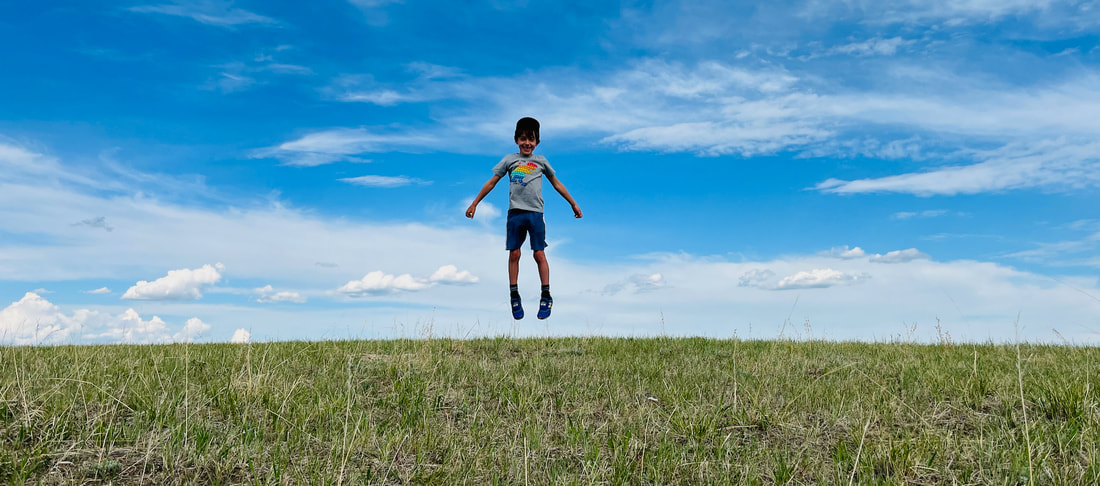
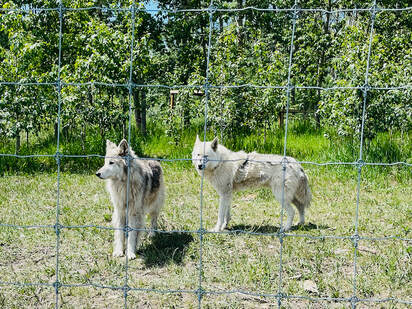
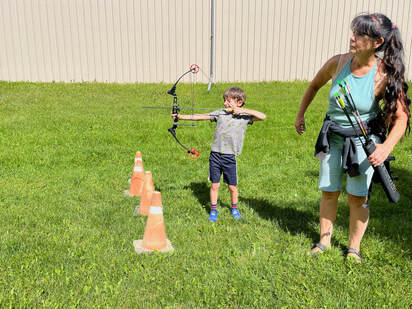
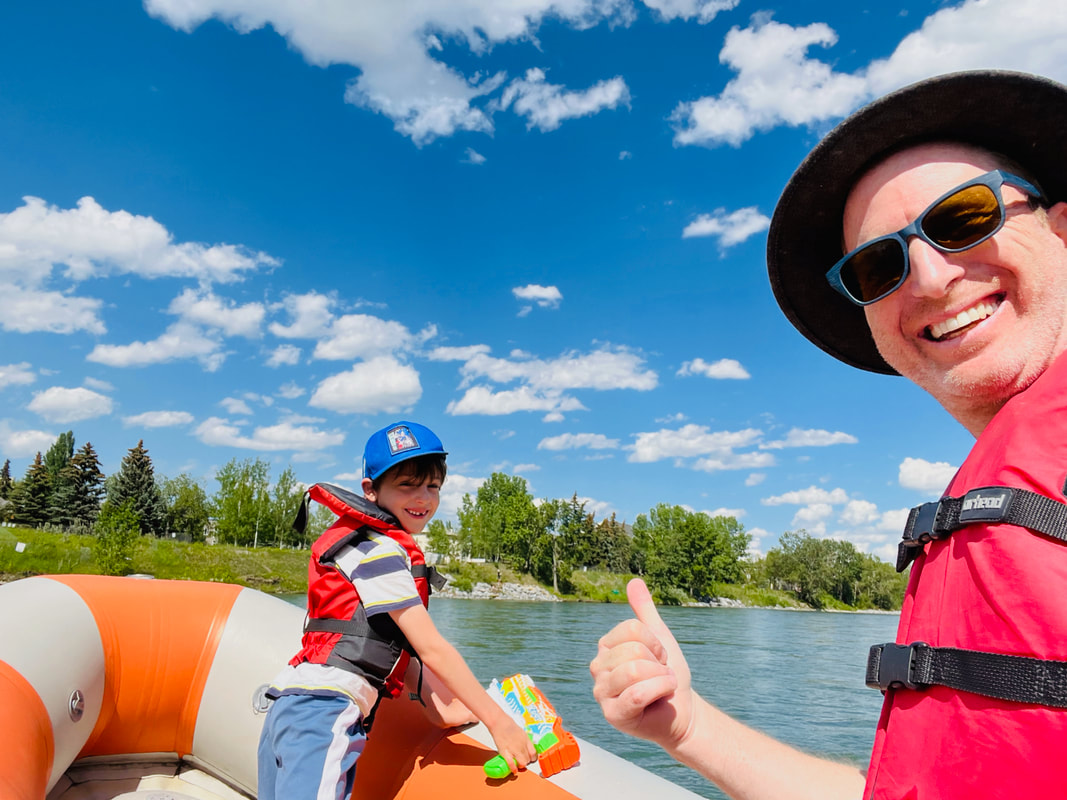
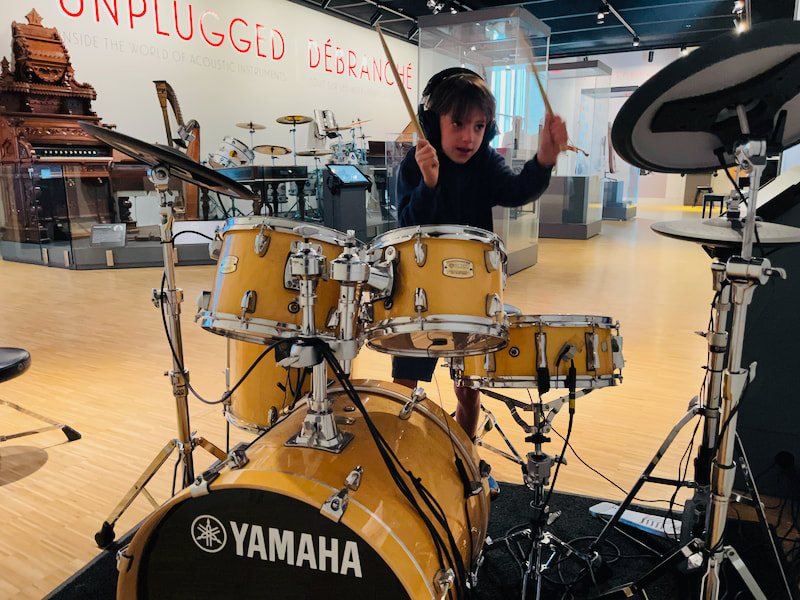
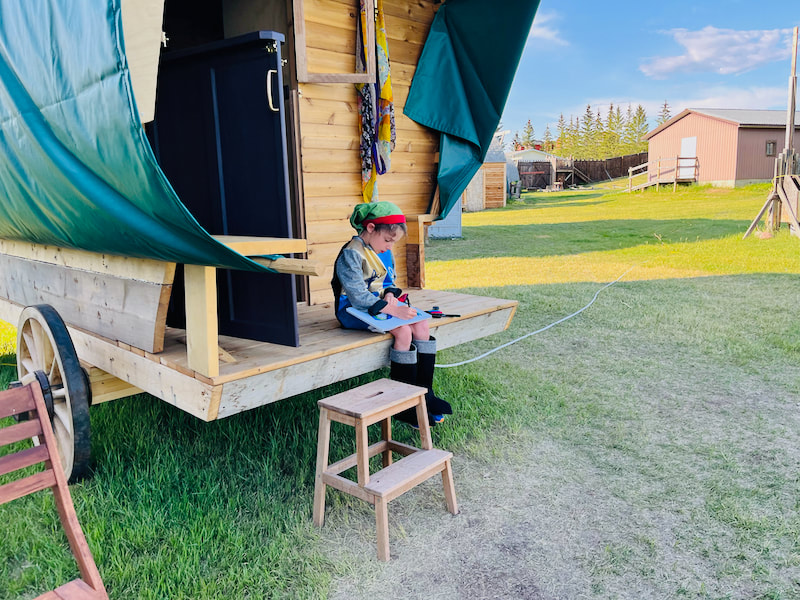
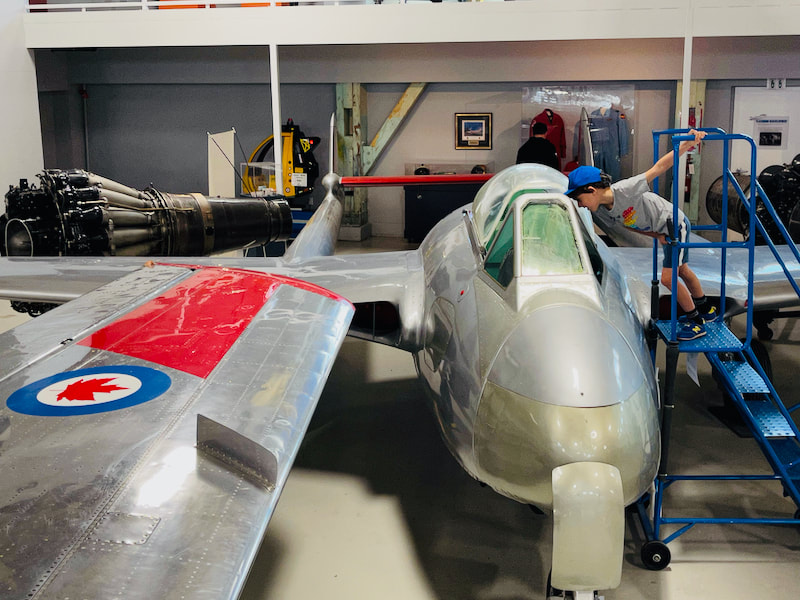
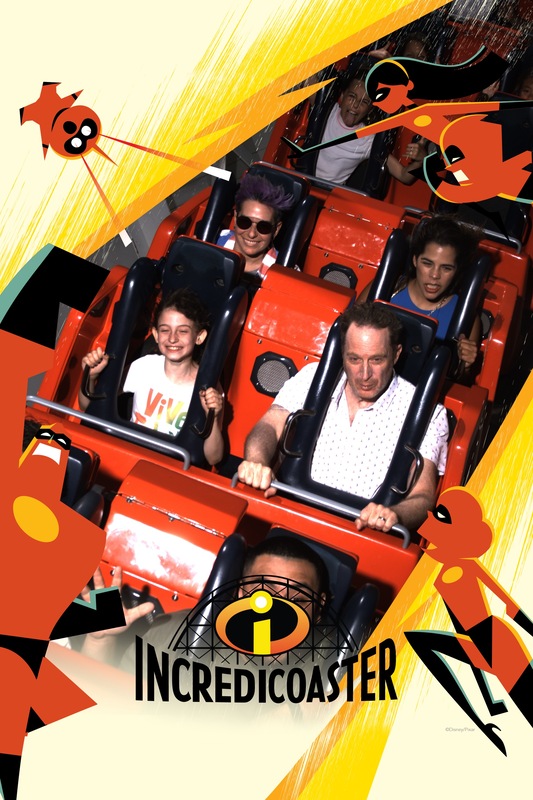
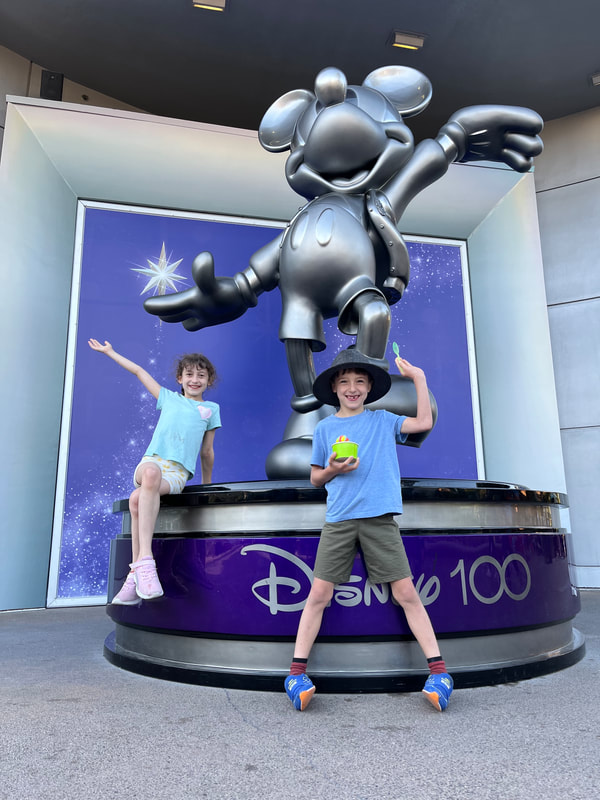
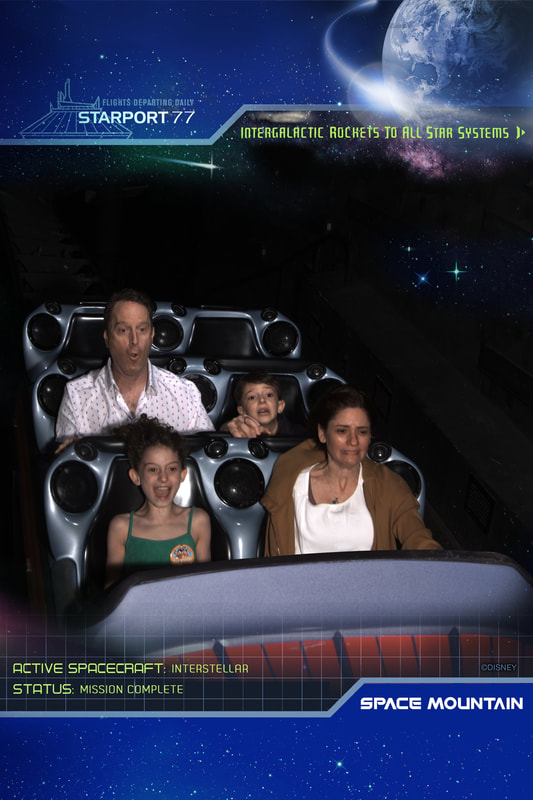
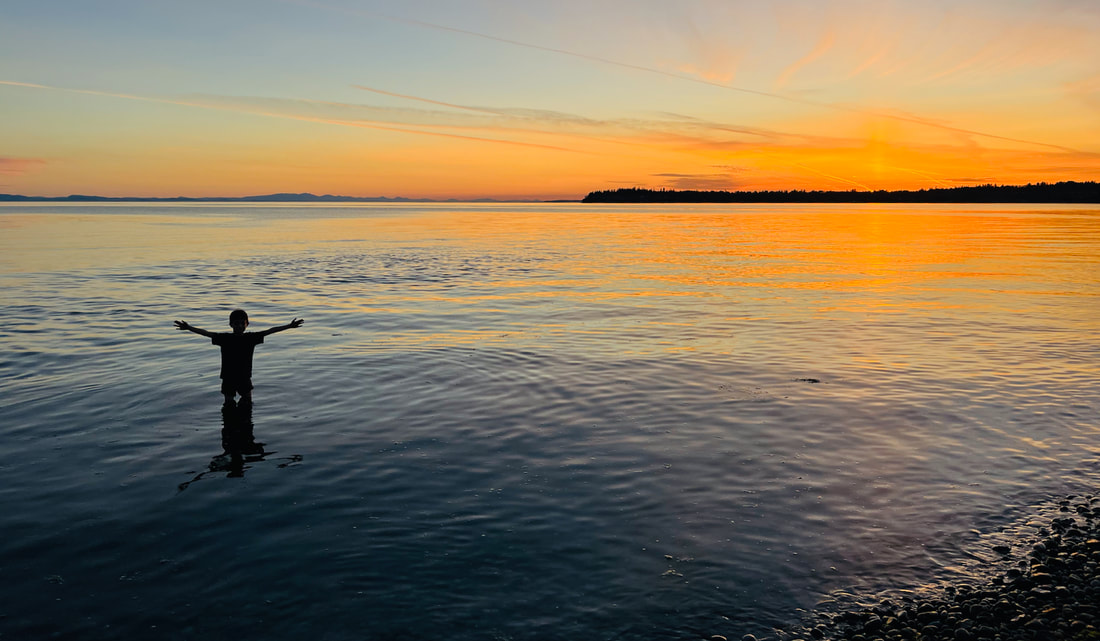
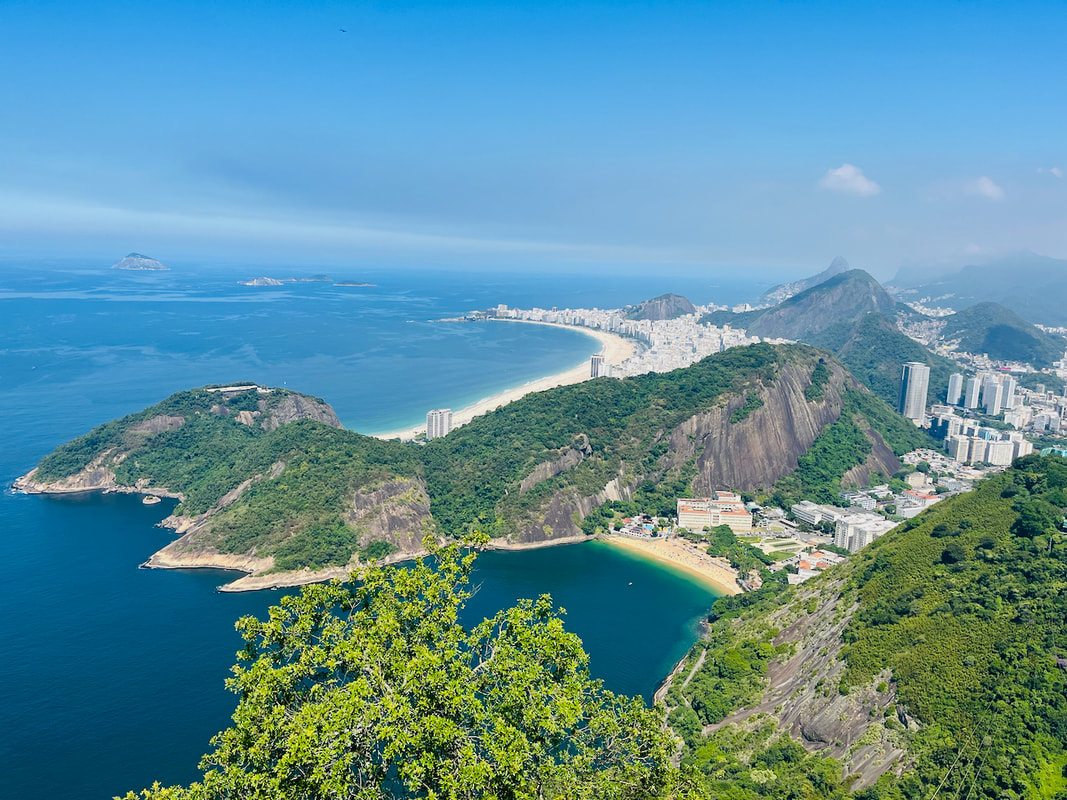

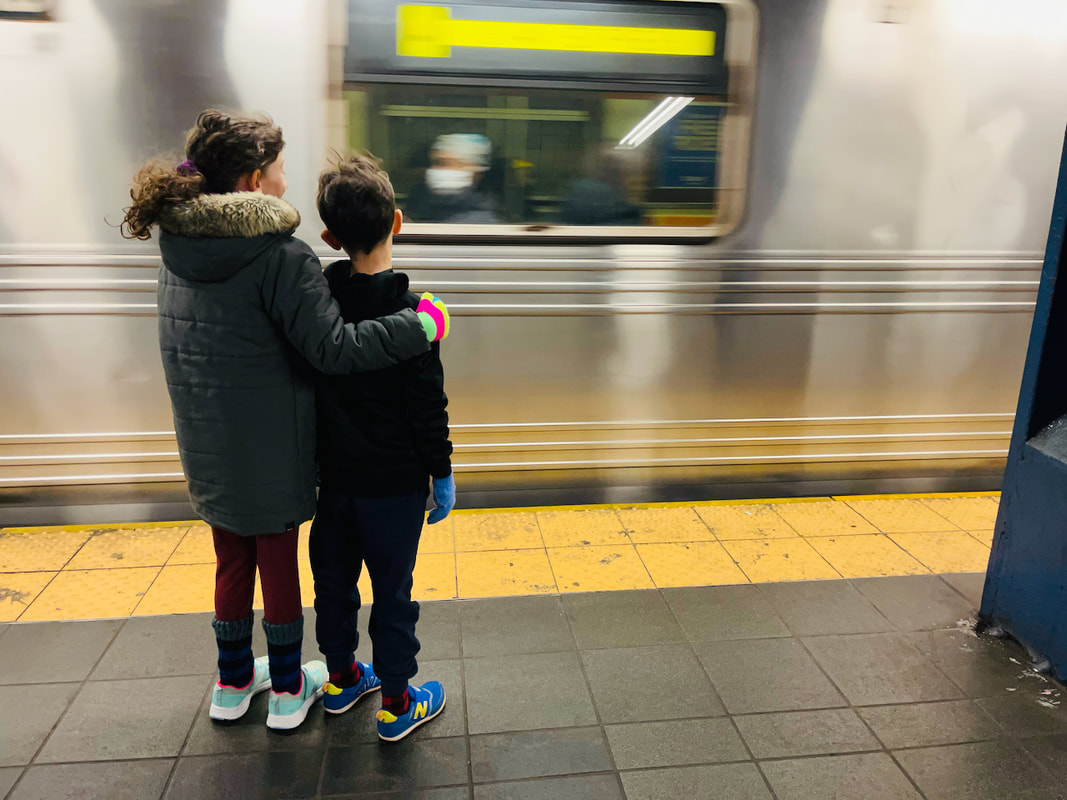
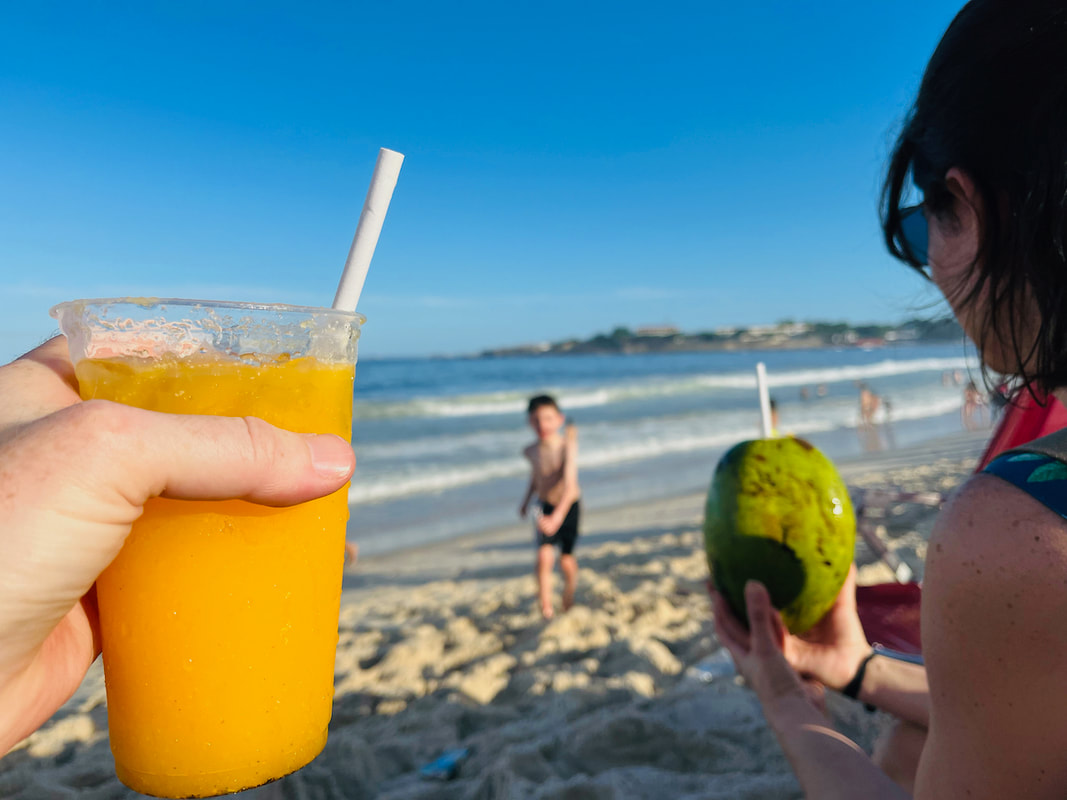
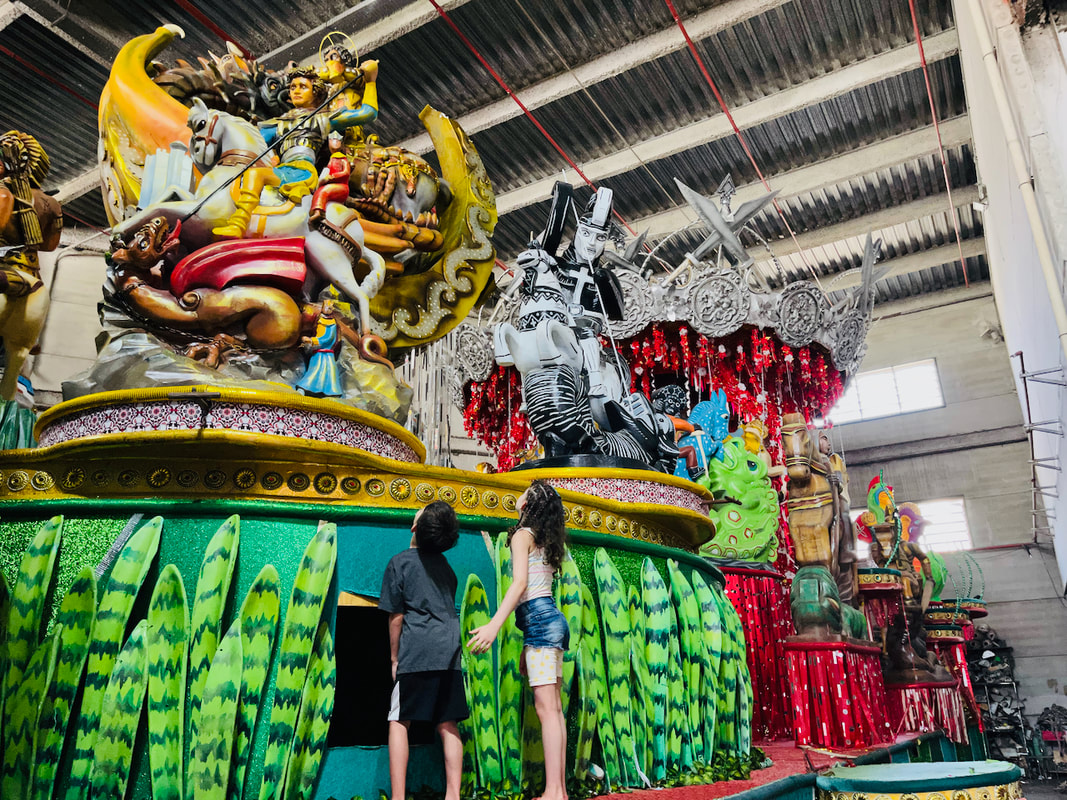
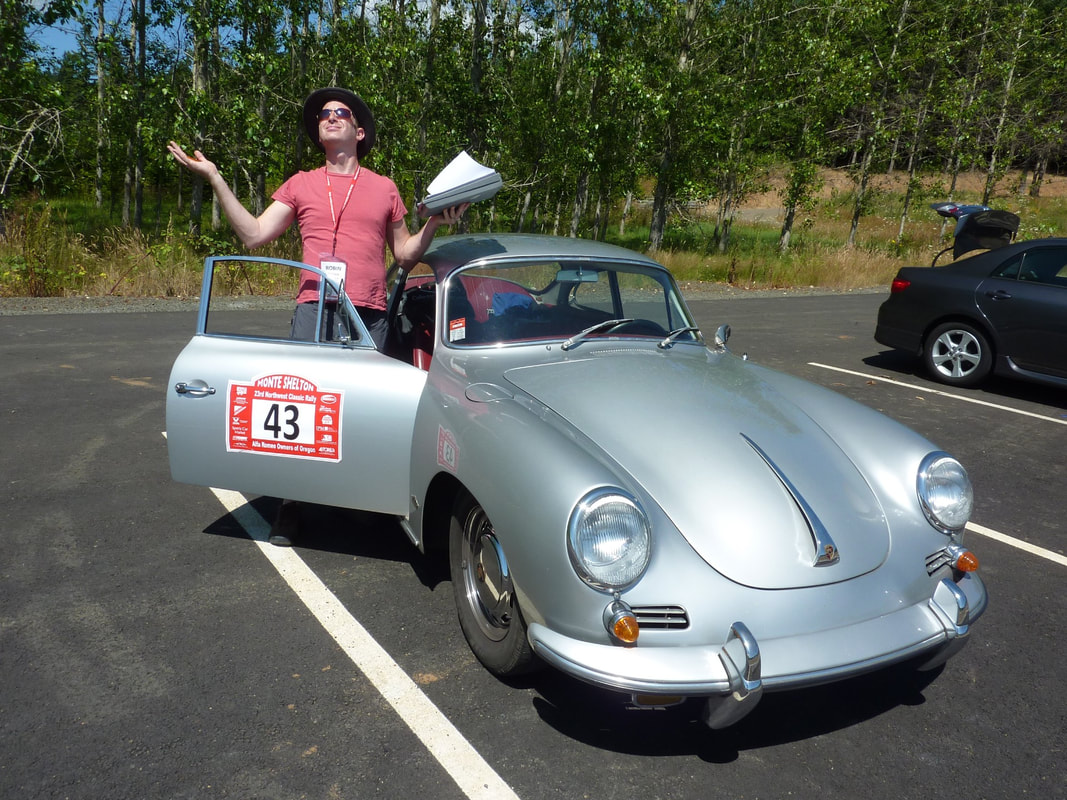
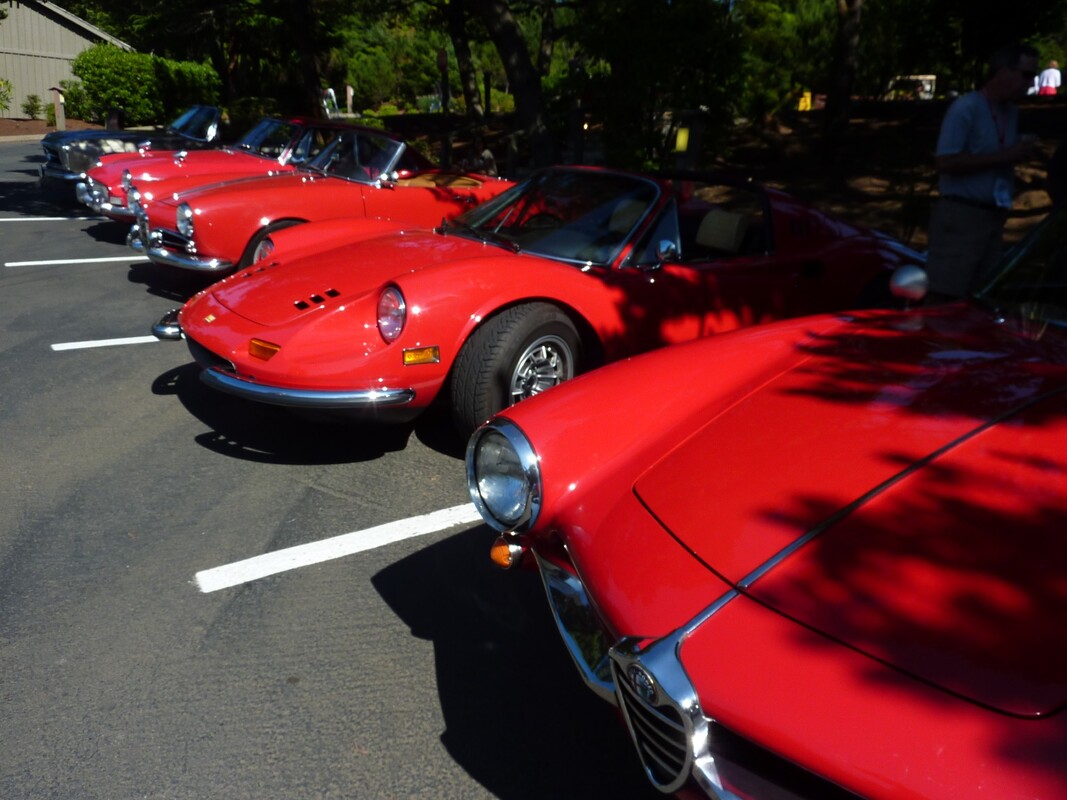
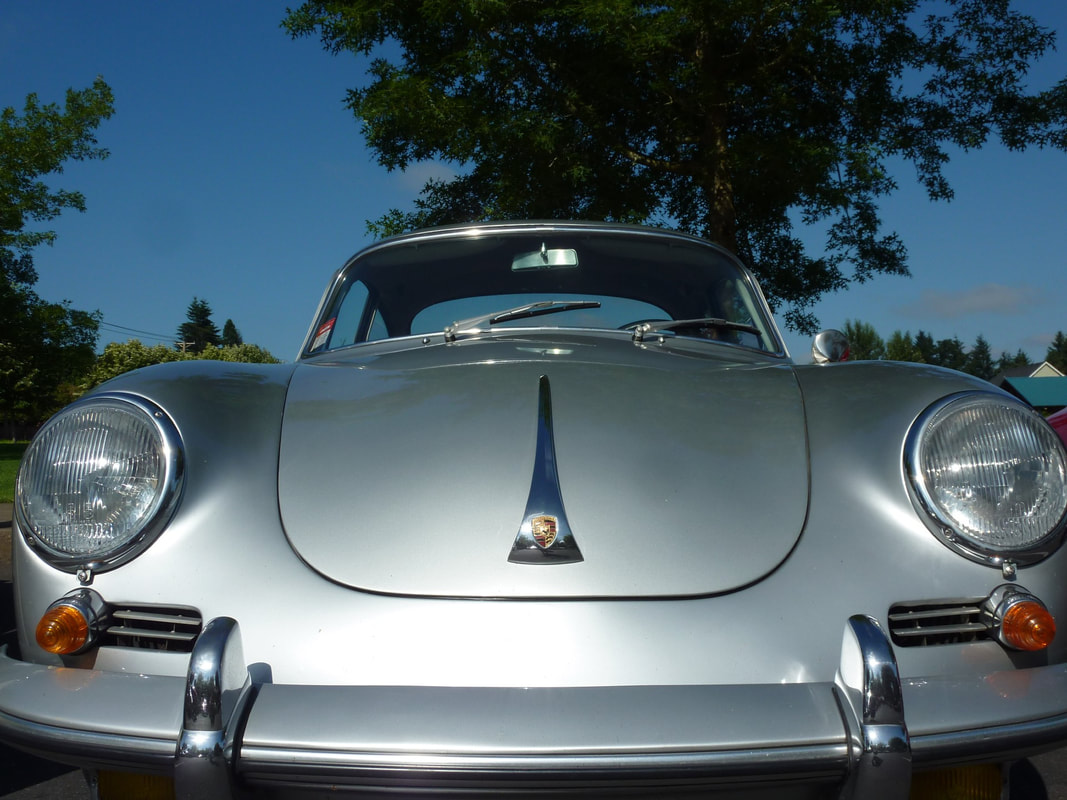
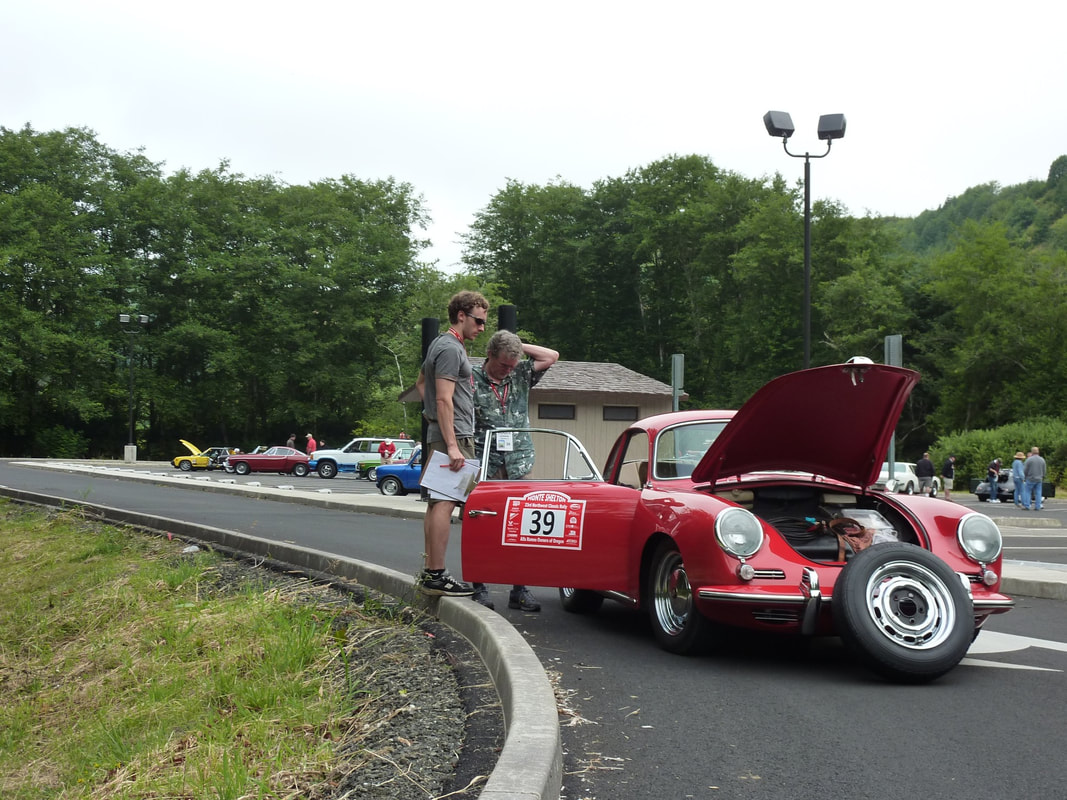
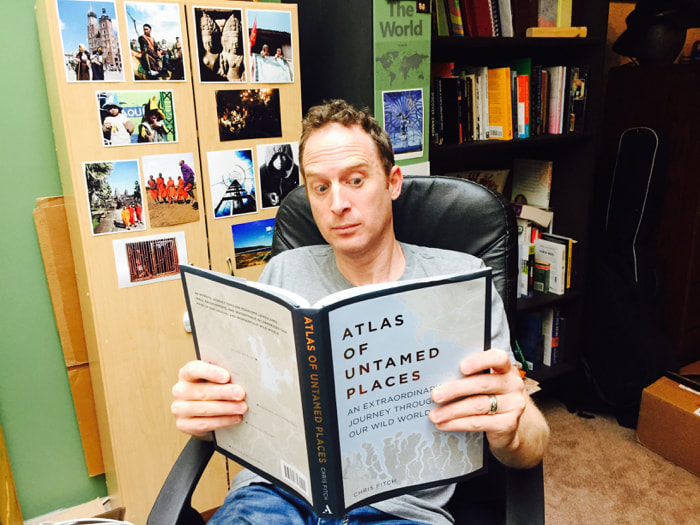
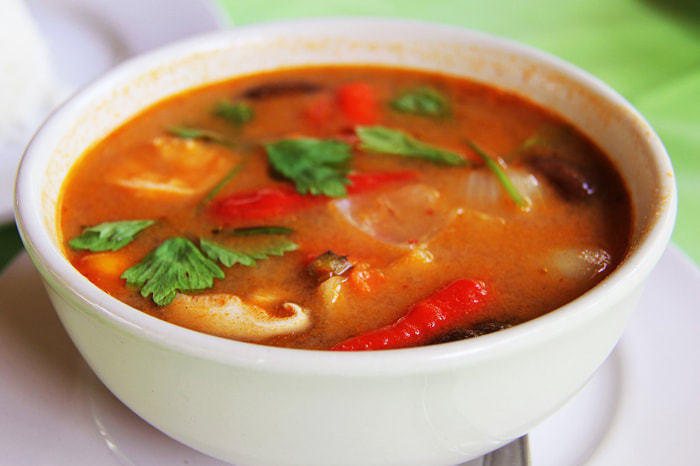
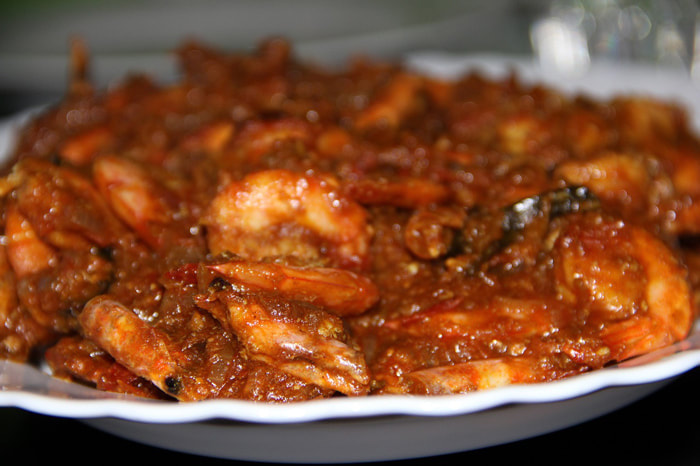
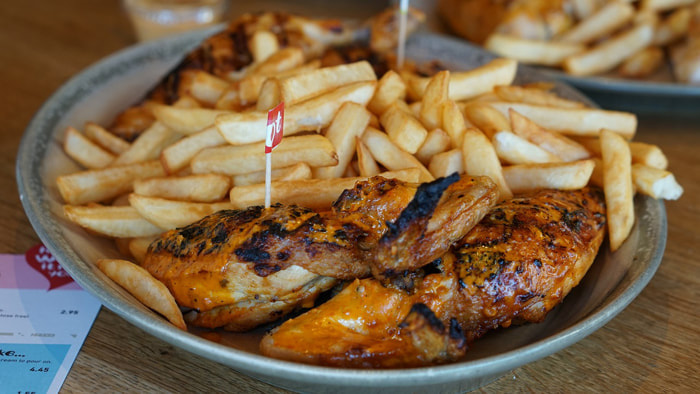
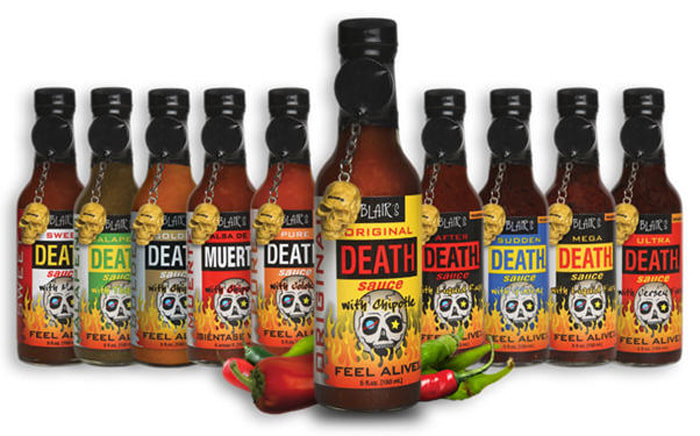
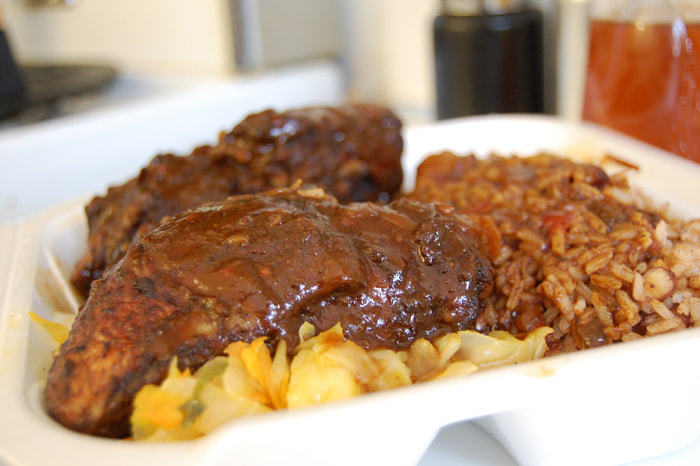
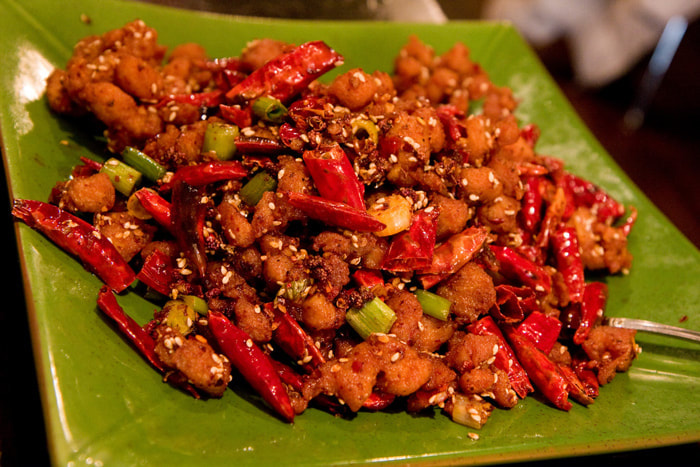
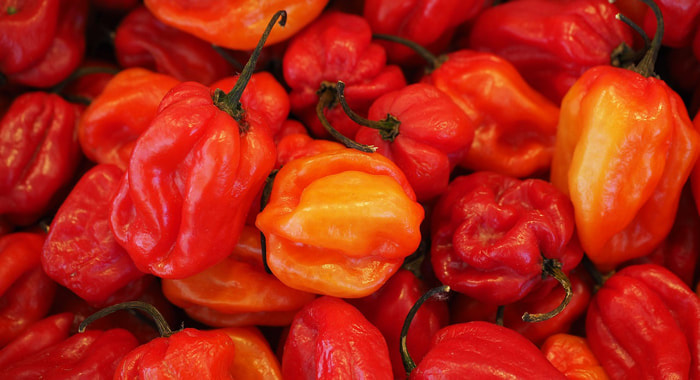
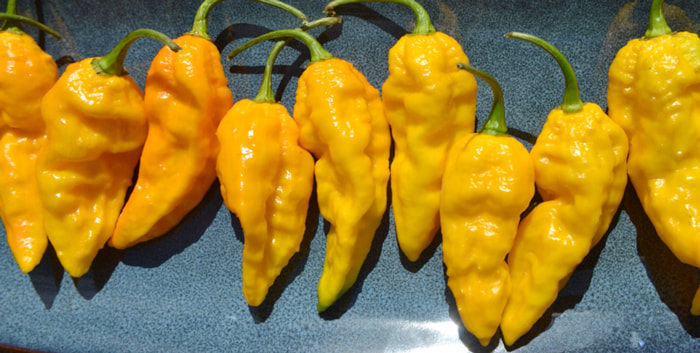
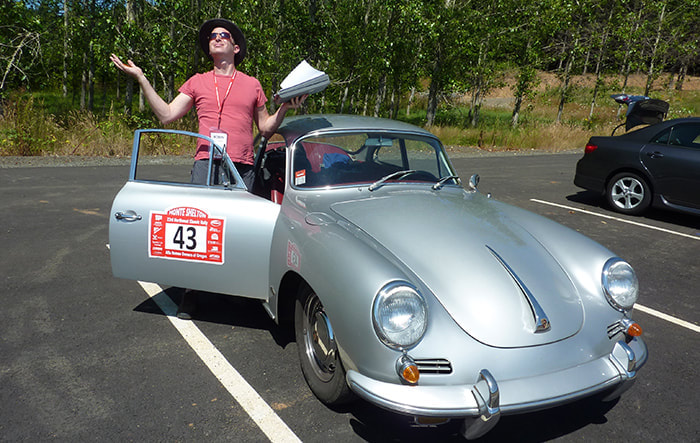
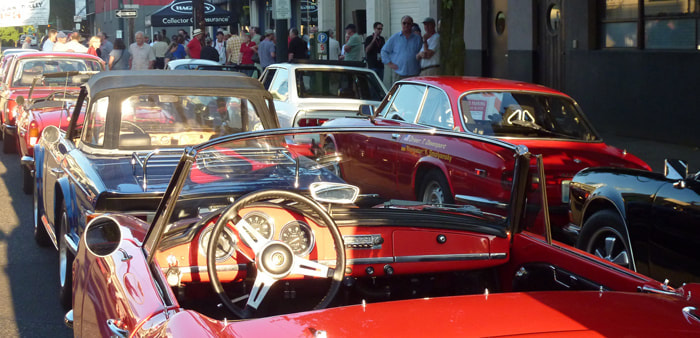
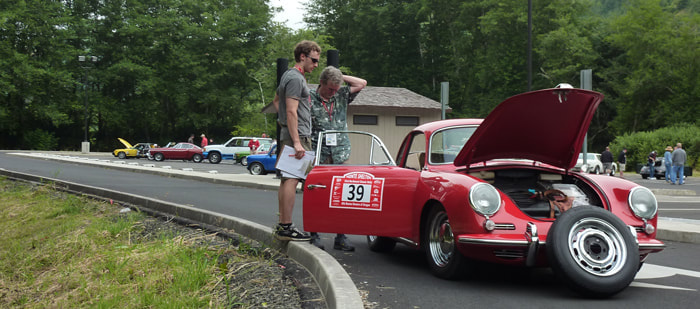

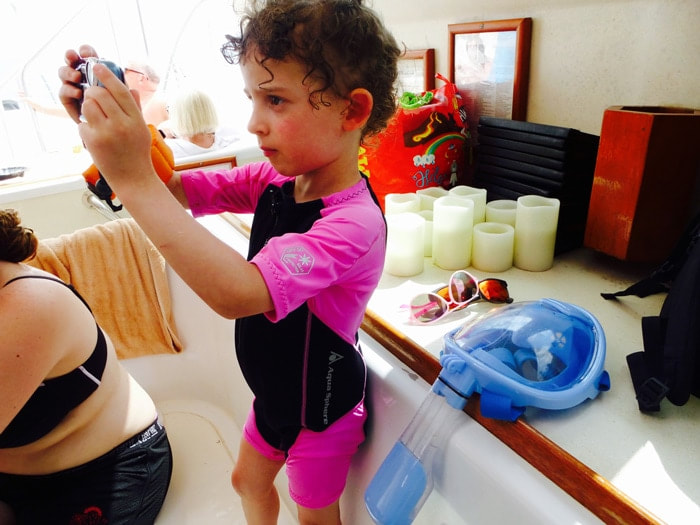
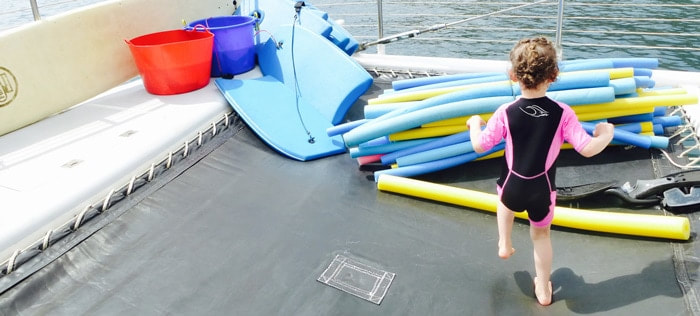
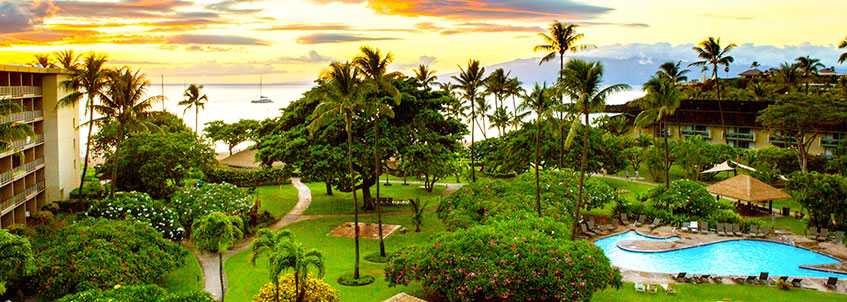
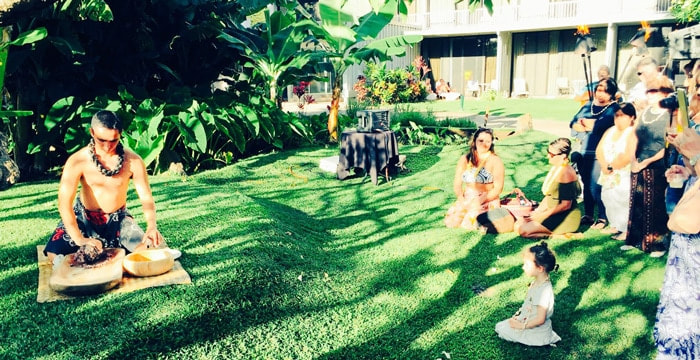
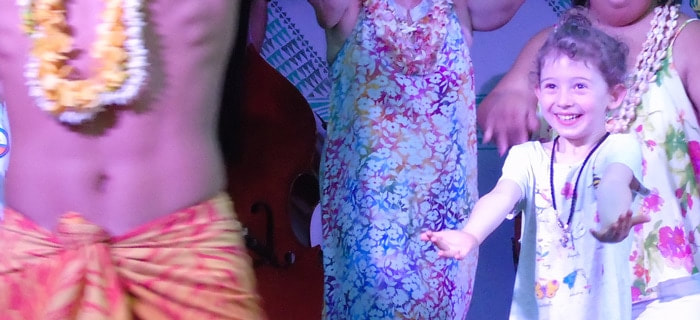
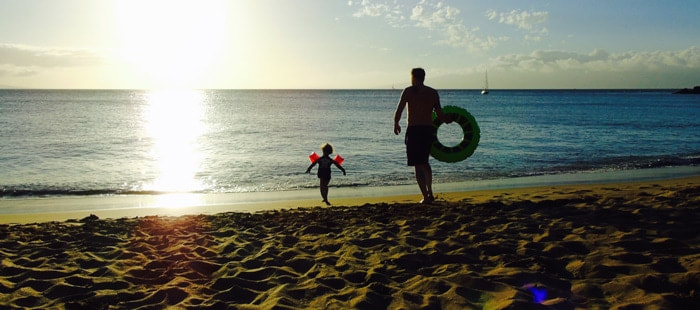
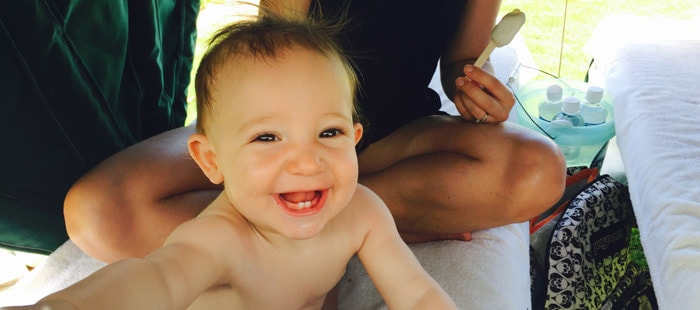
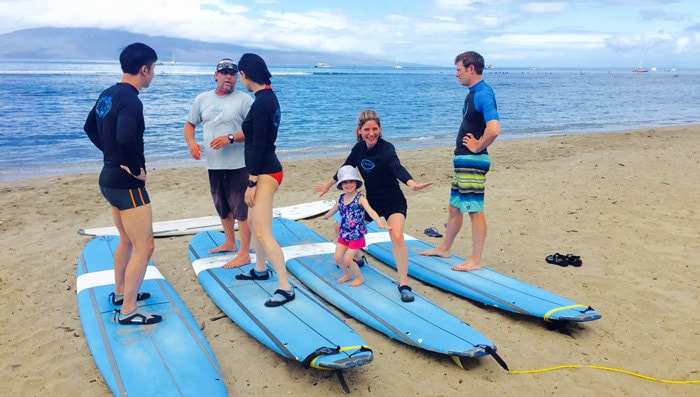
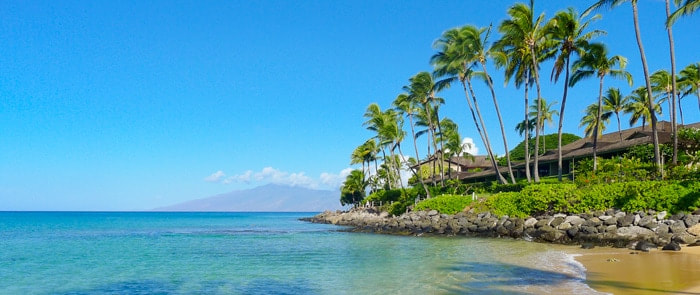
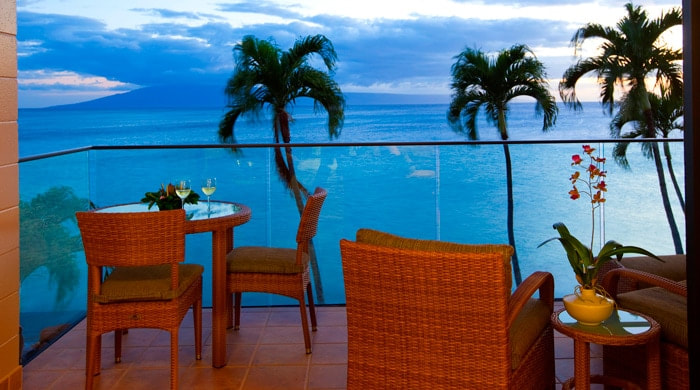
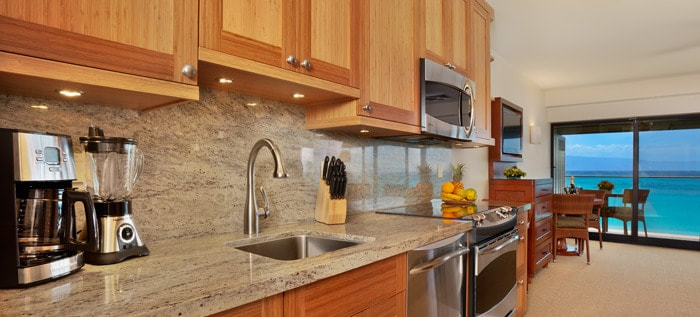
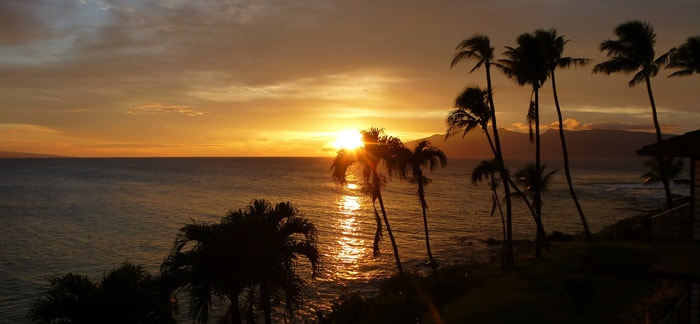
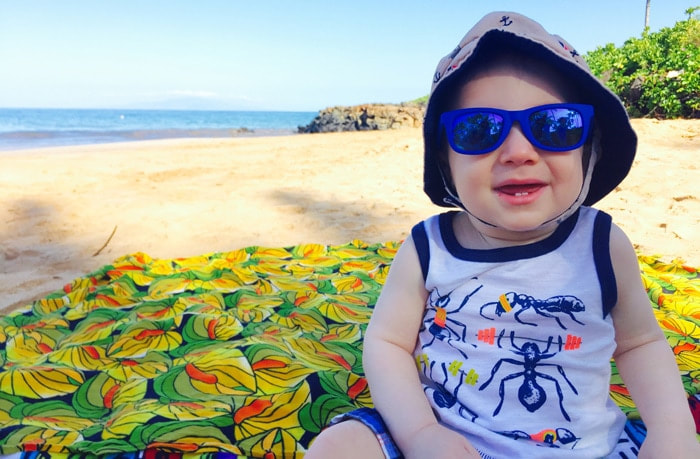
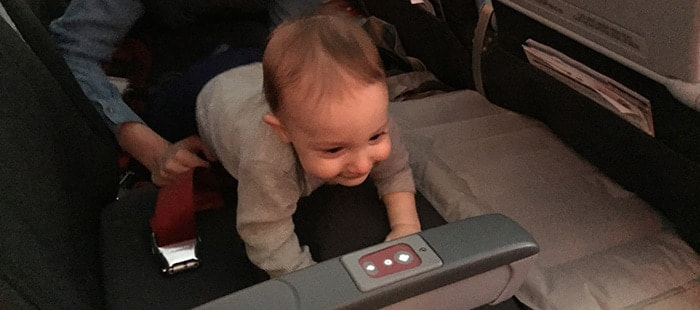
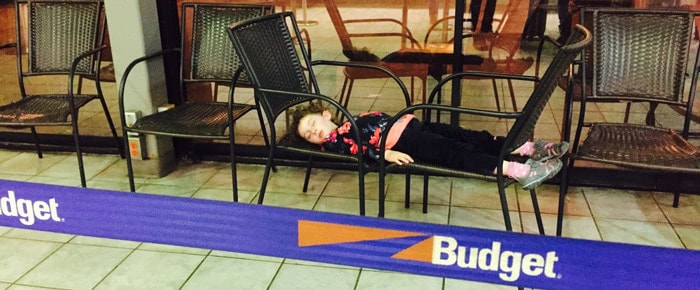
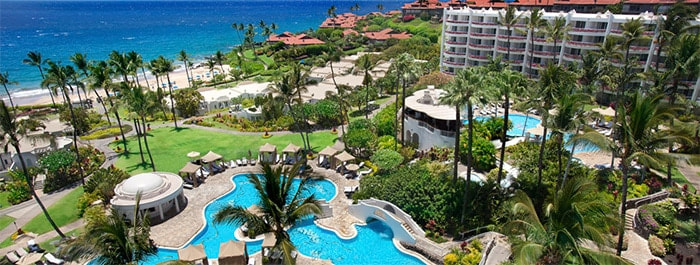
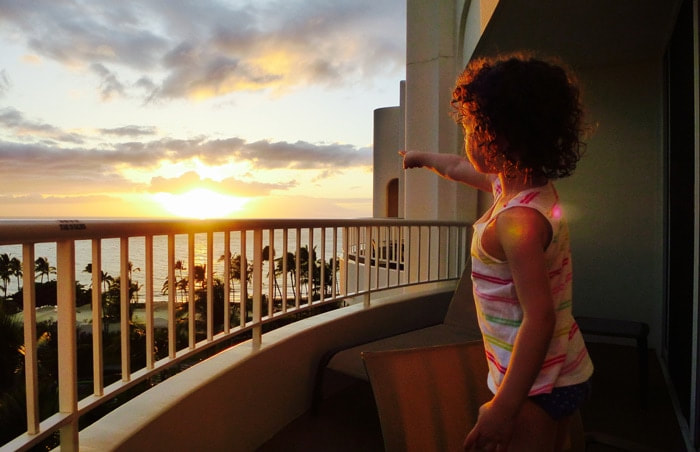
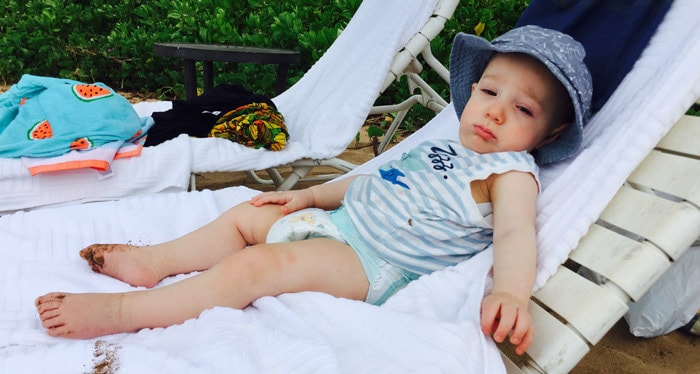
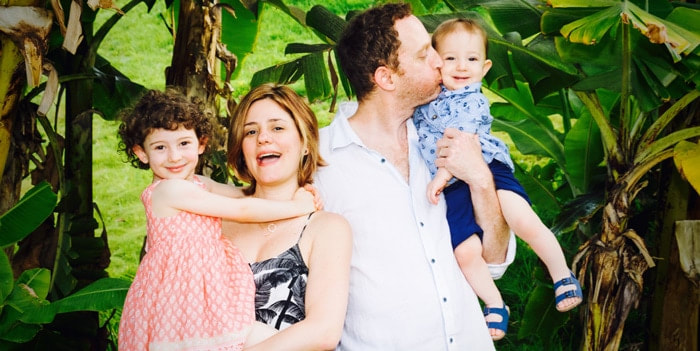
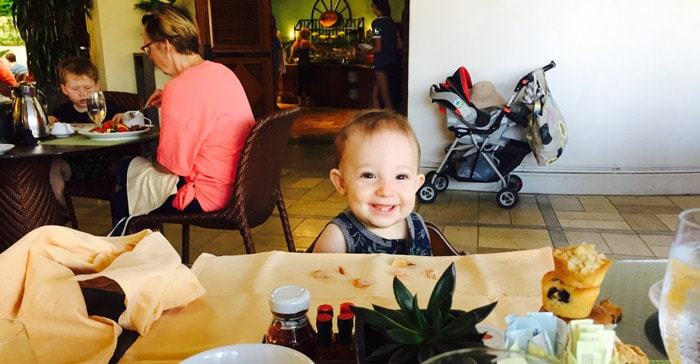
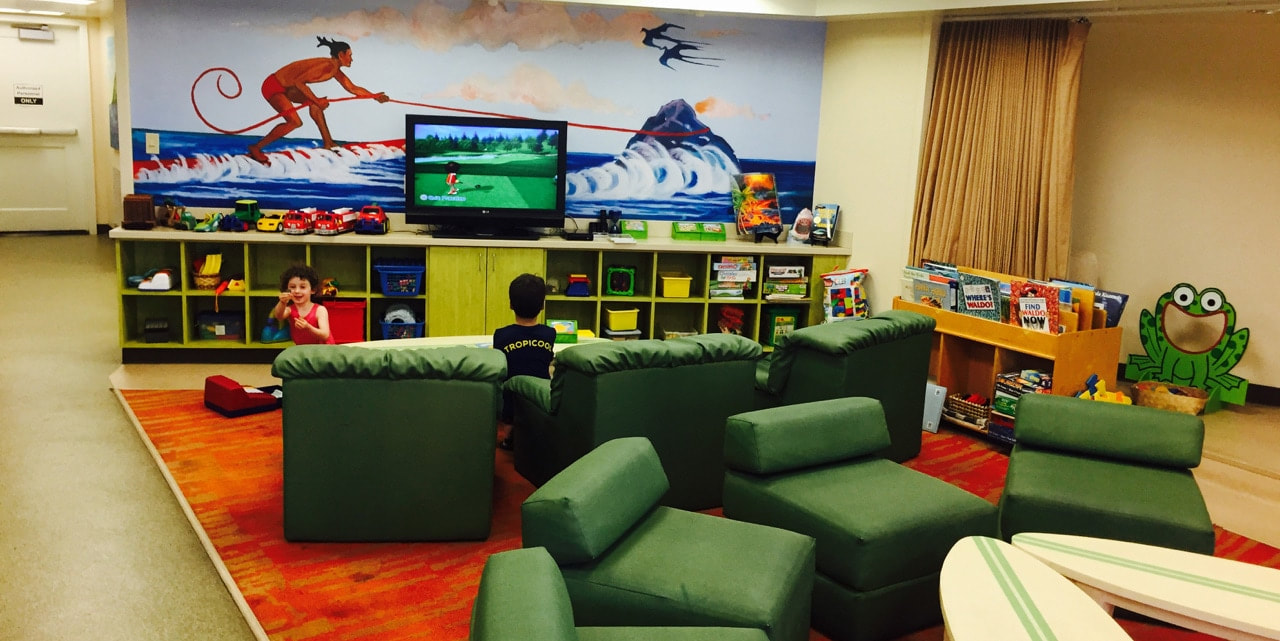
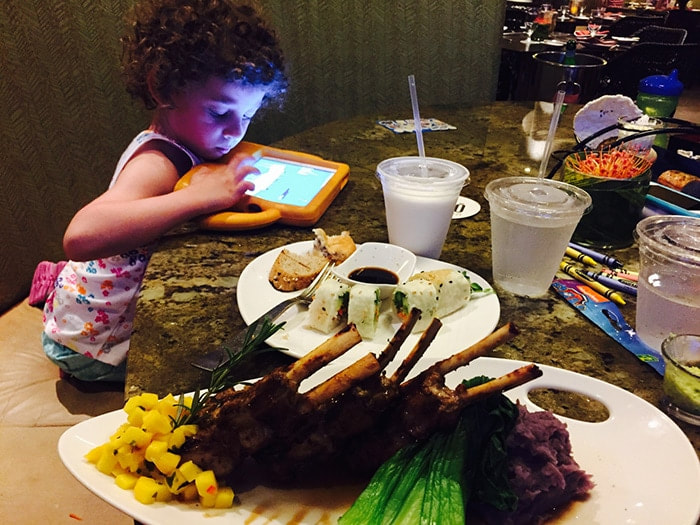
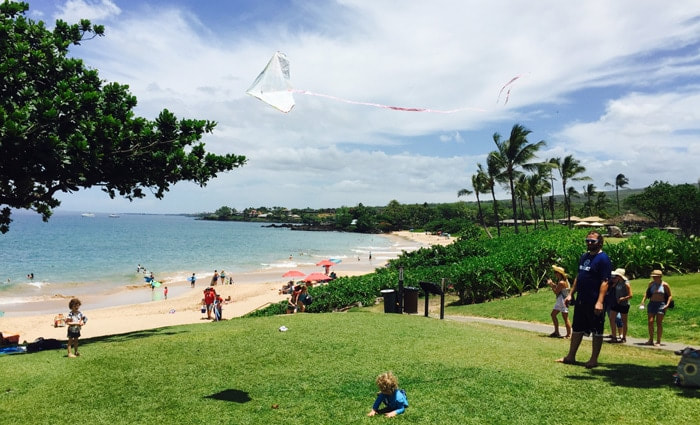
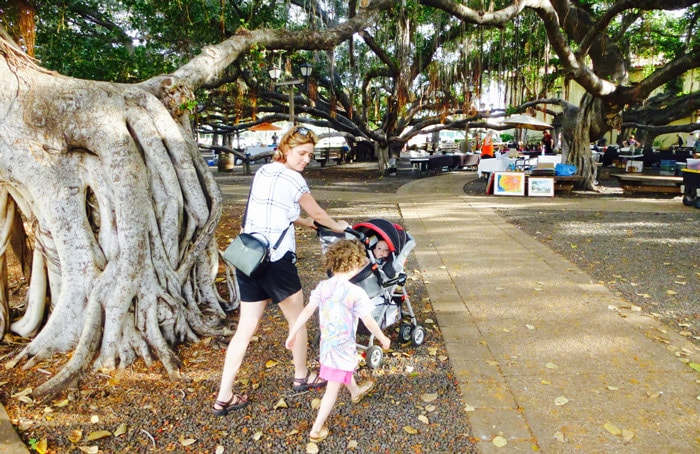
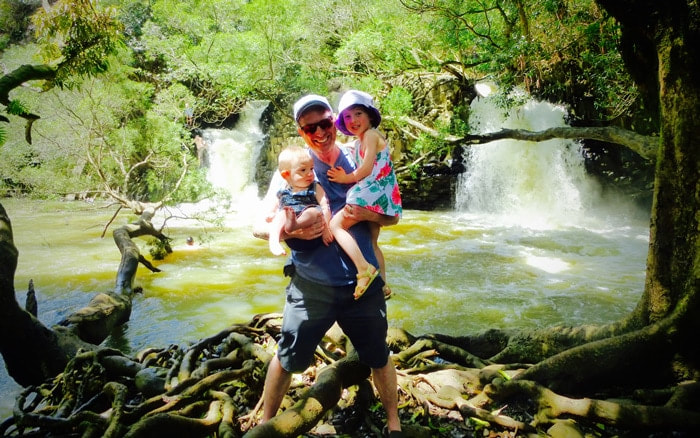
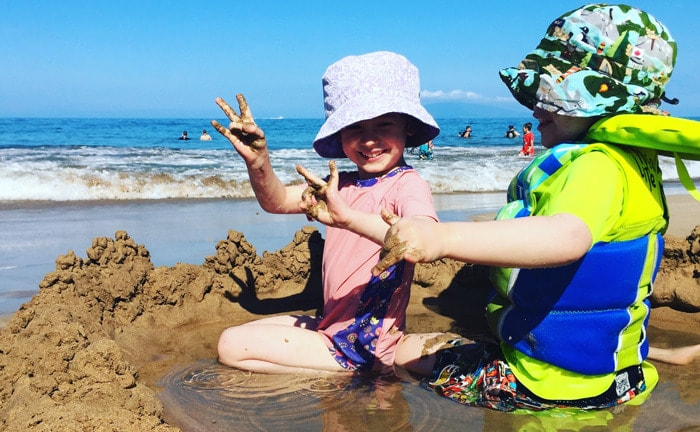
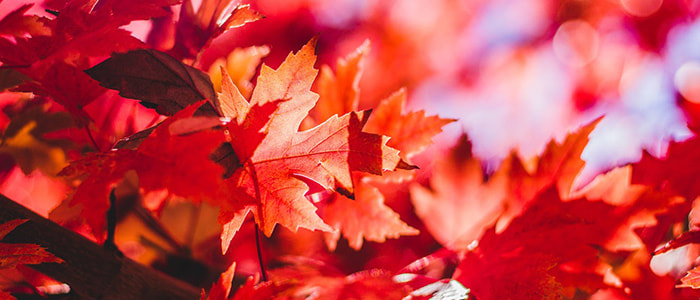
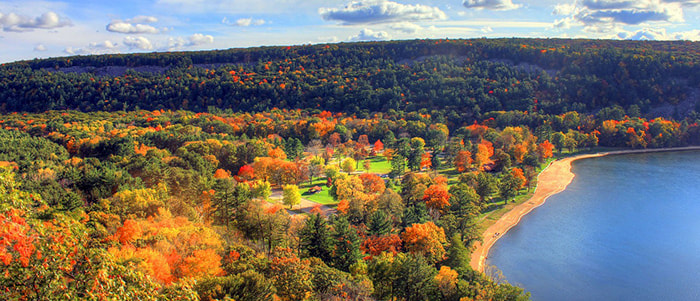

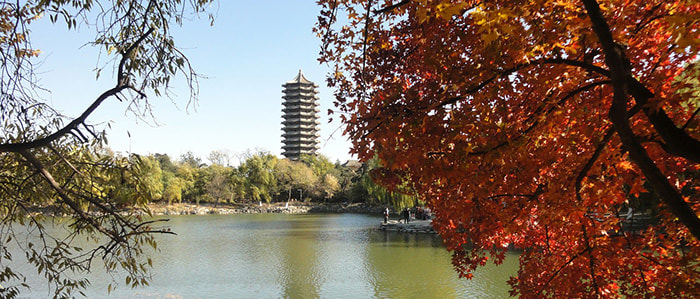
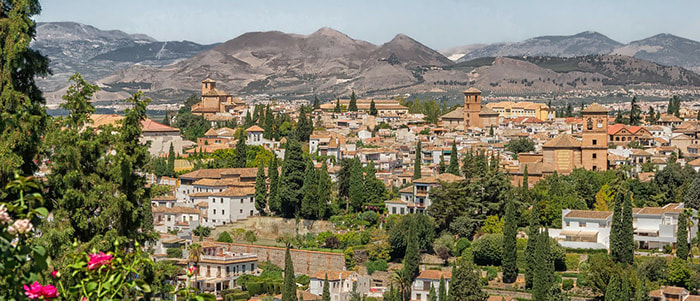

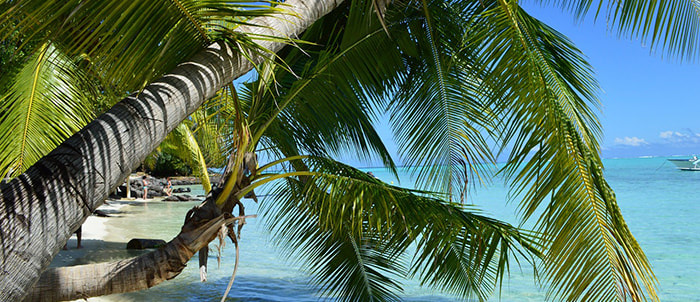
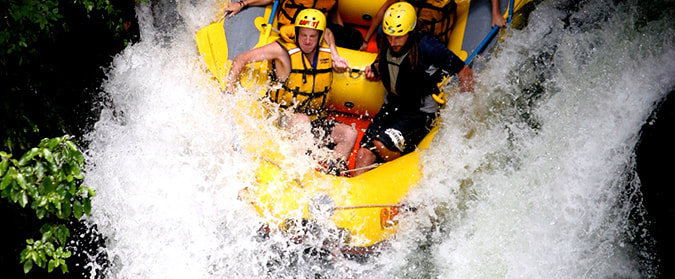
 RSS Feed
RSS Feed

